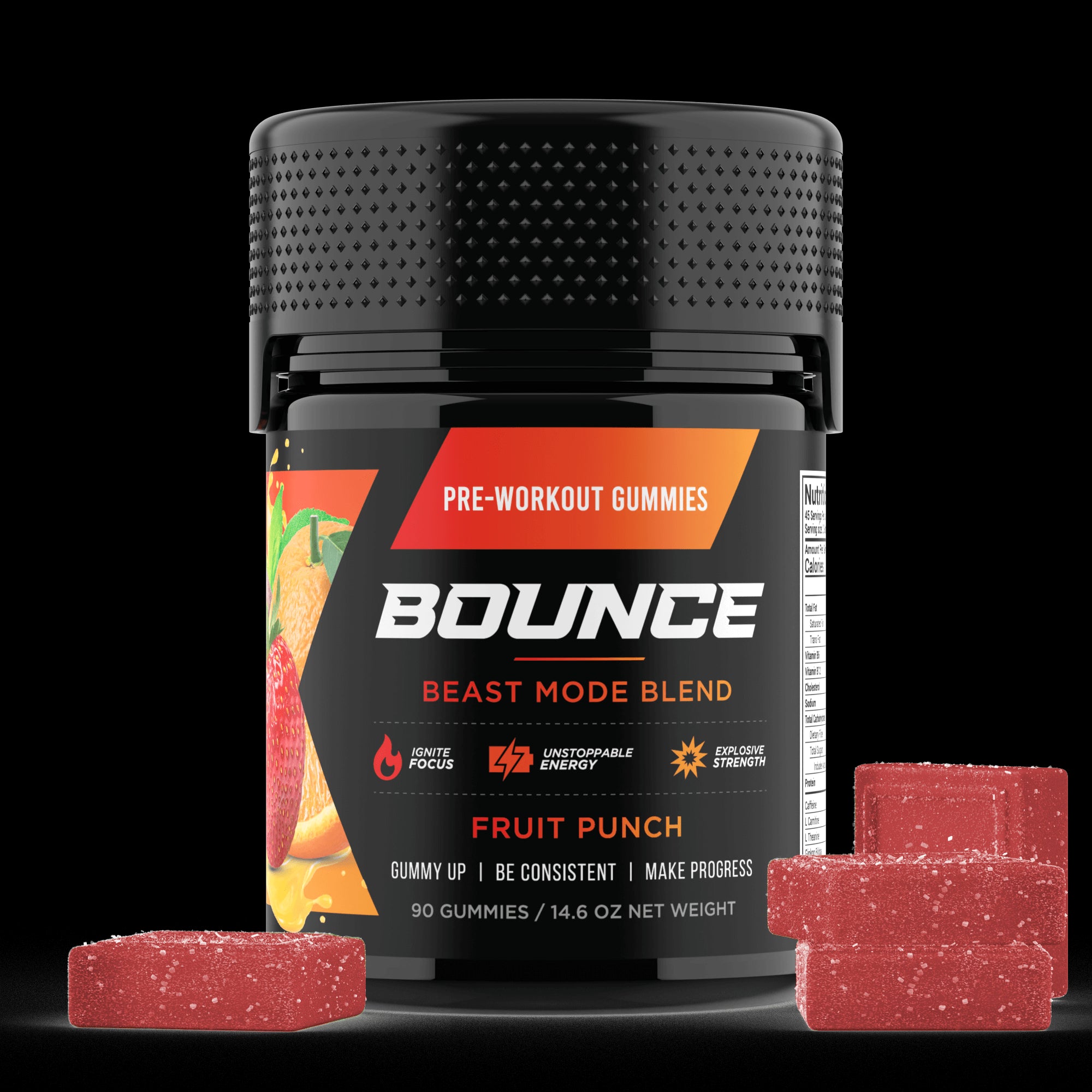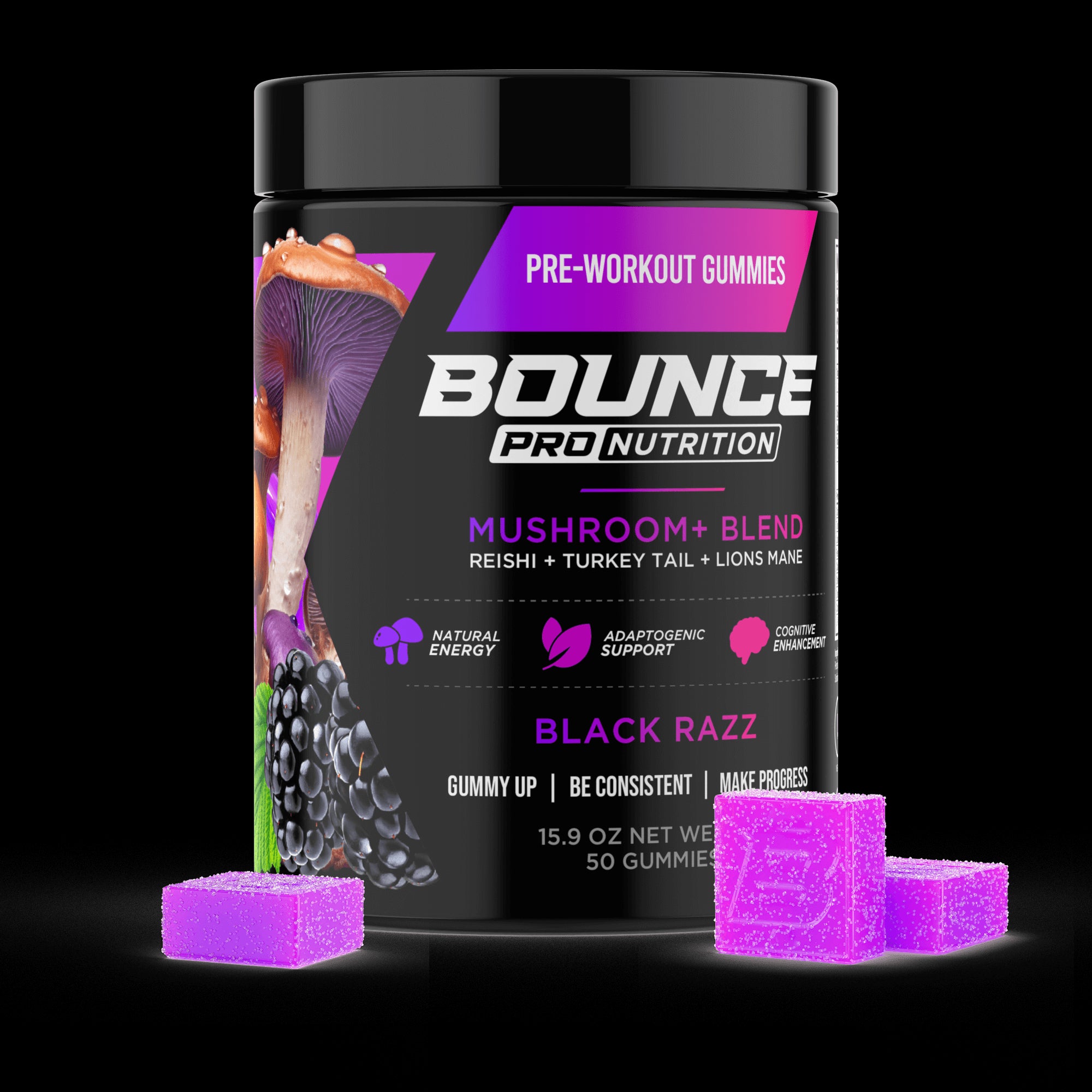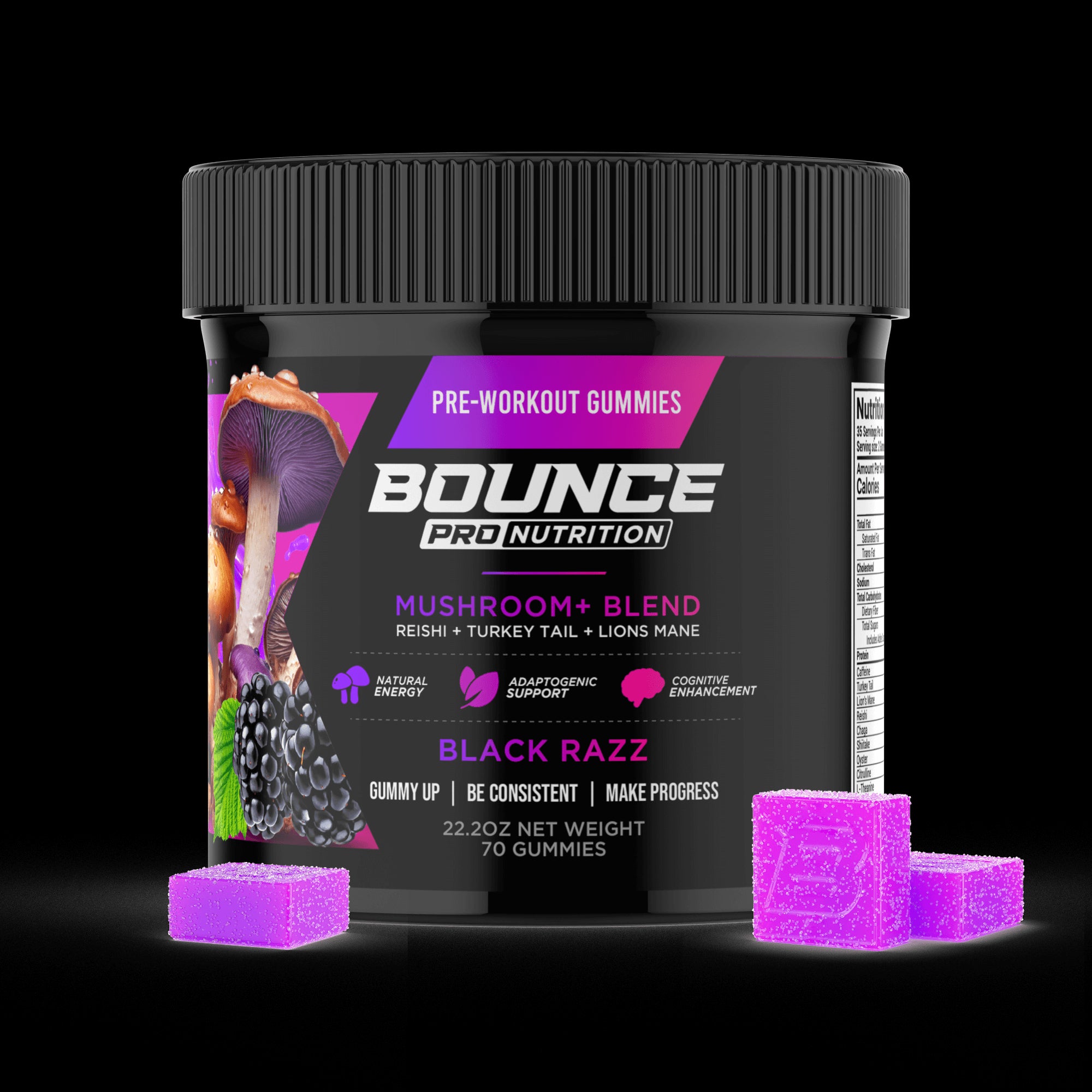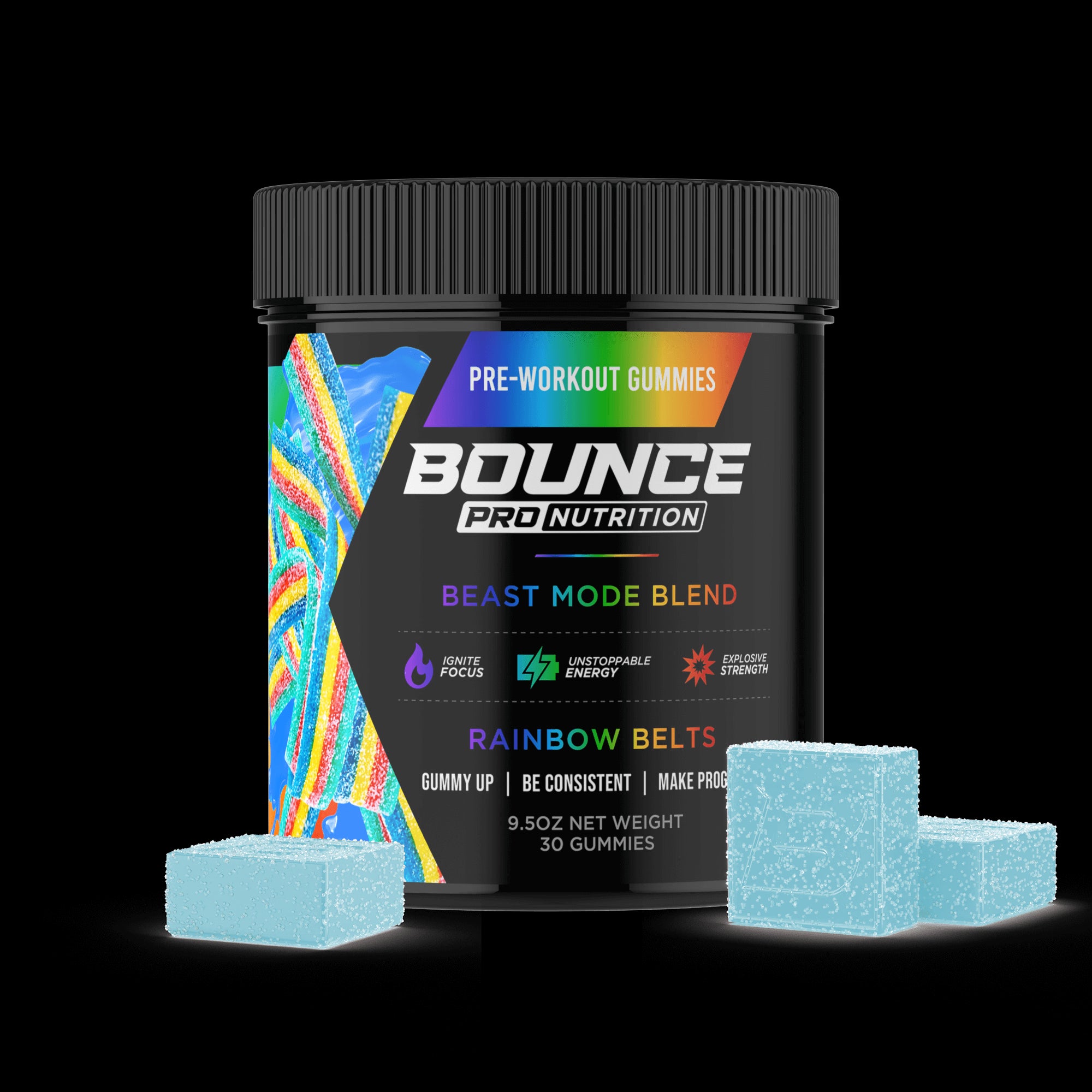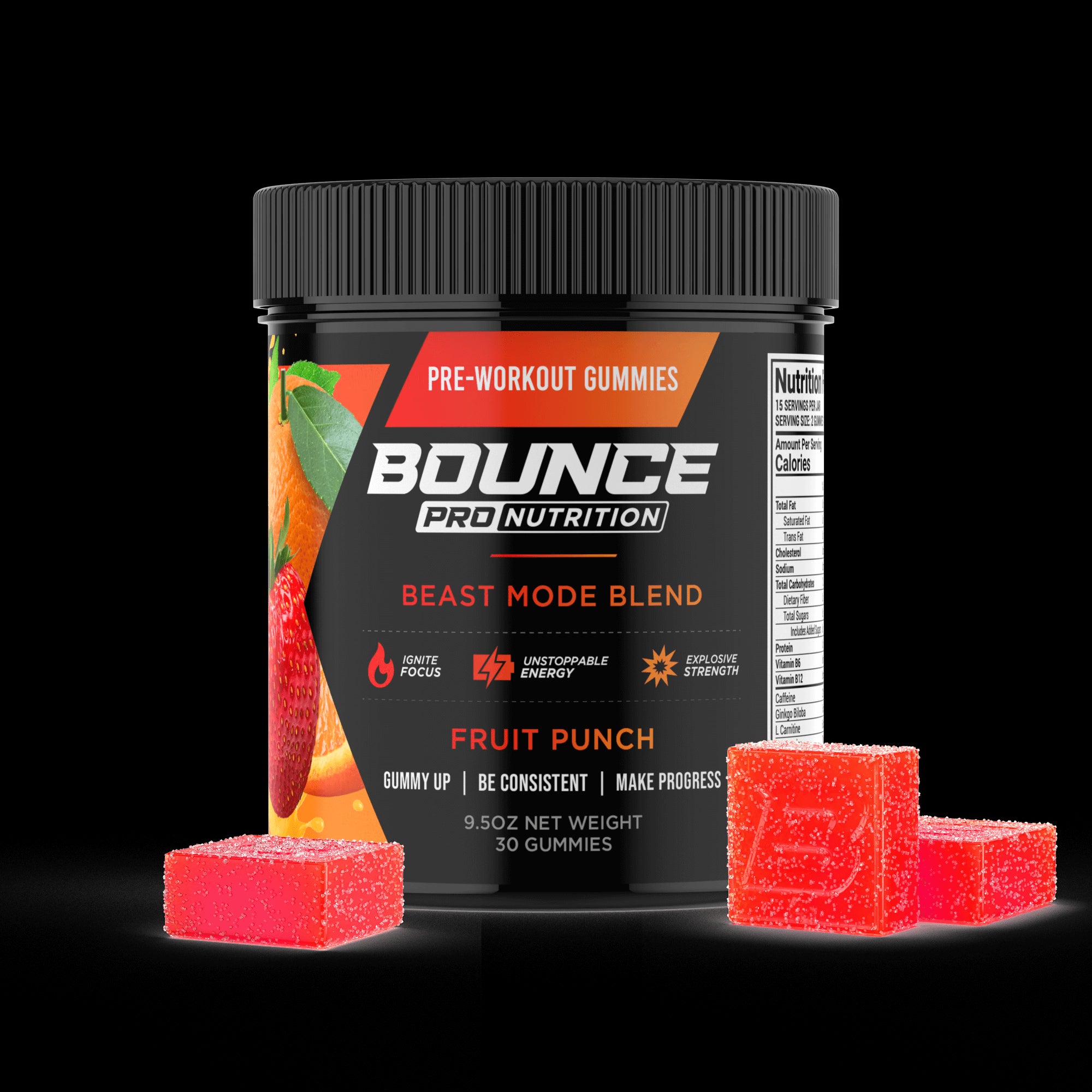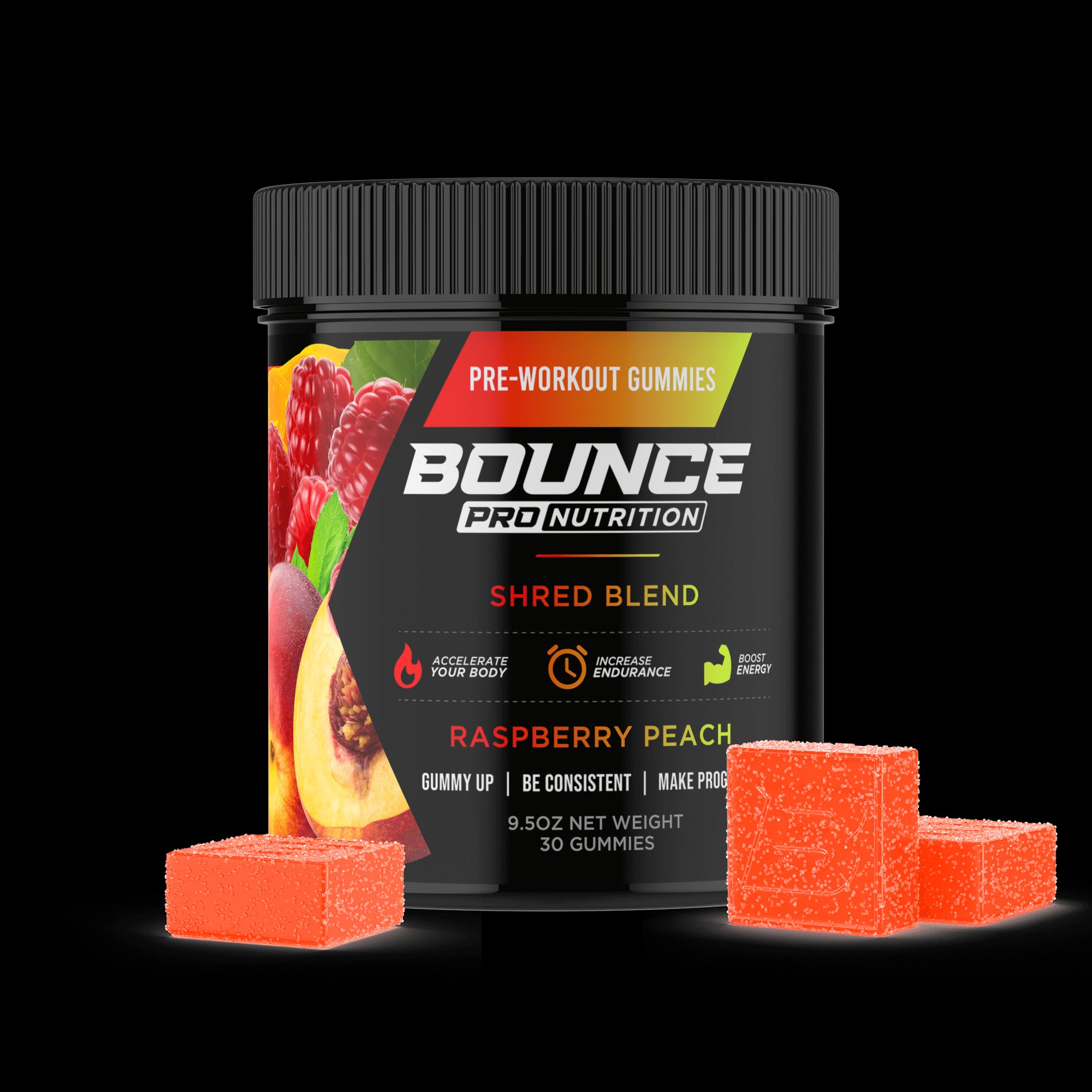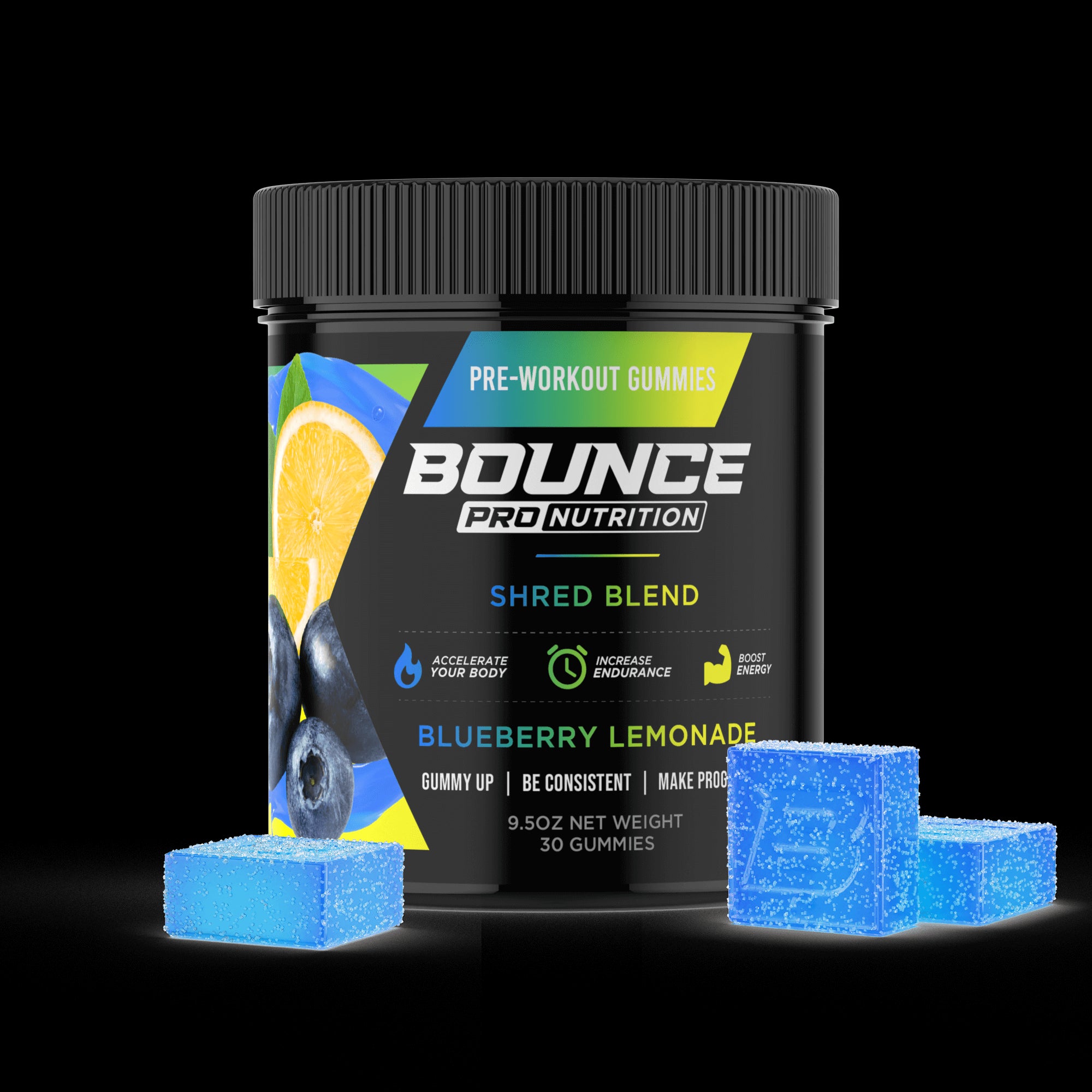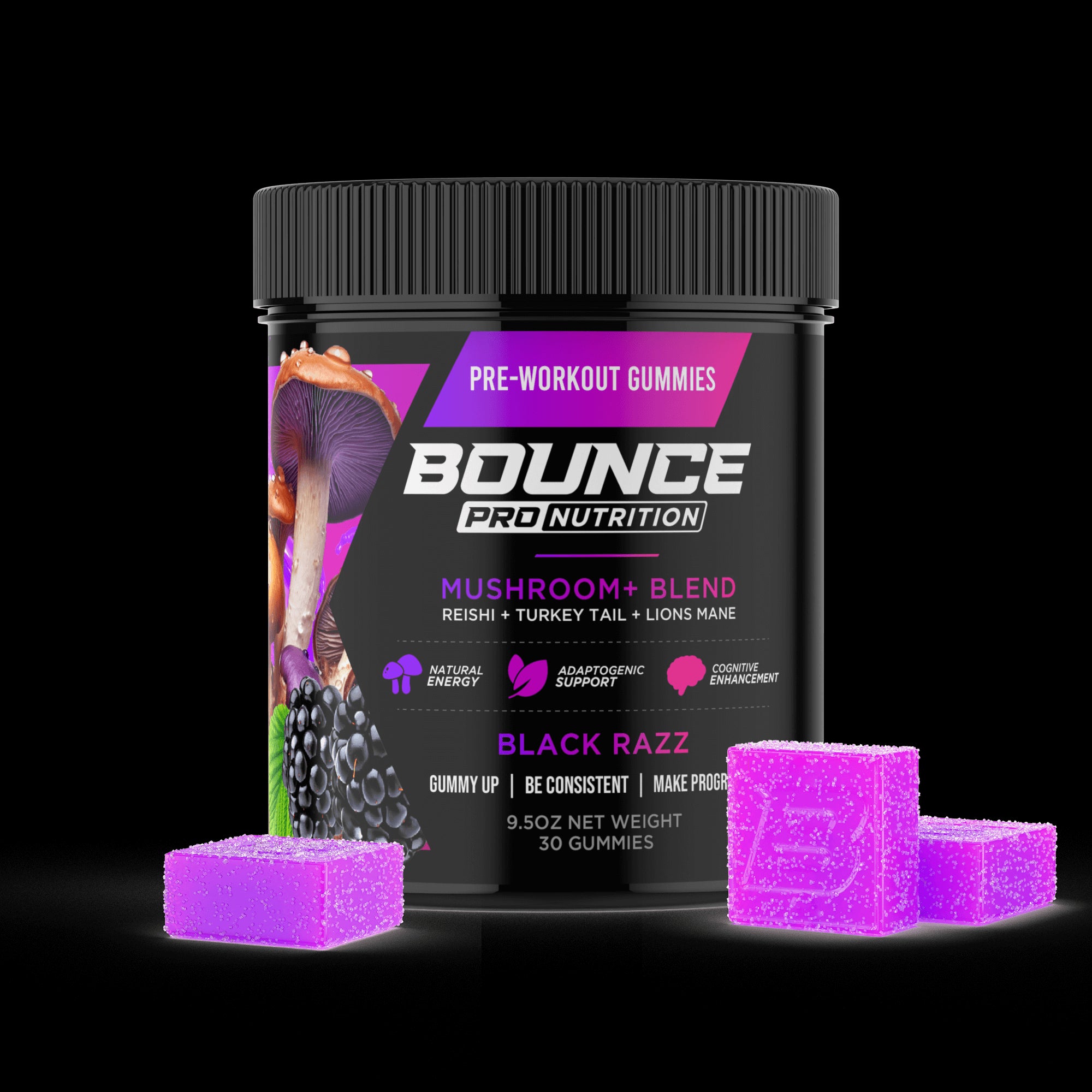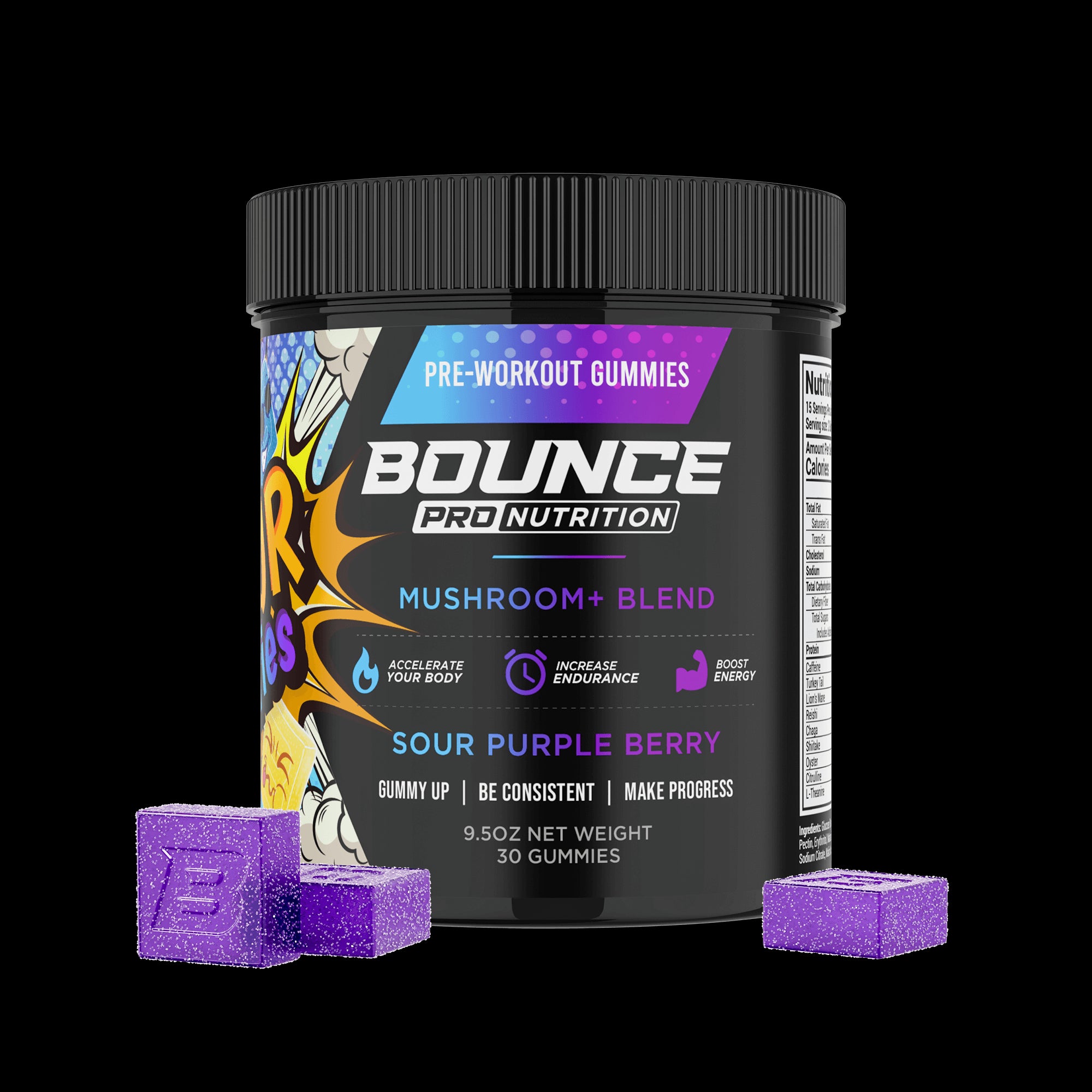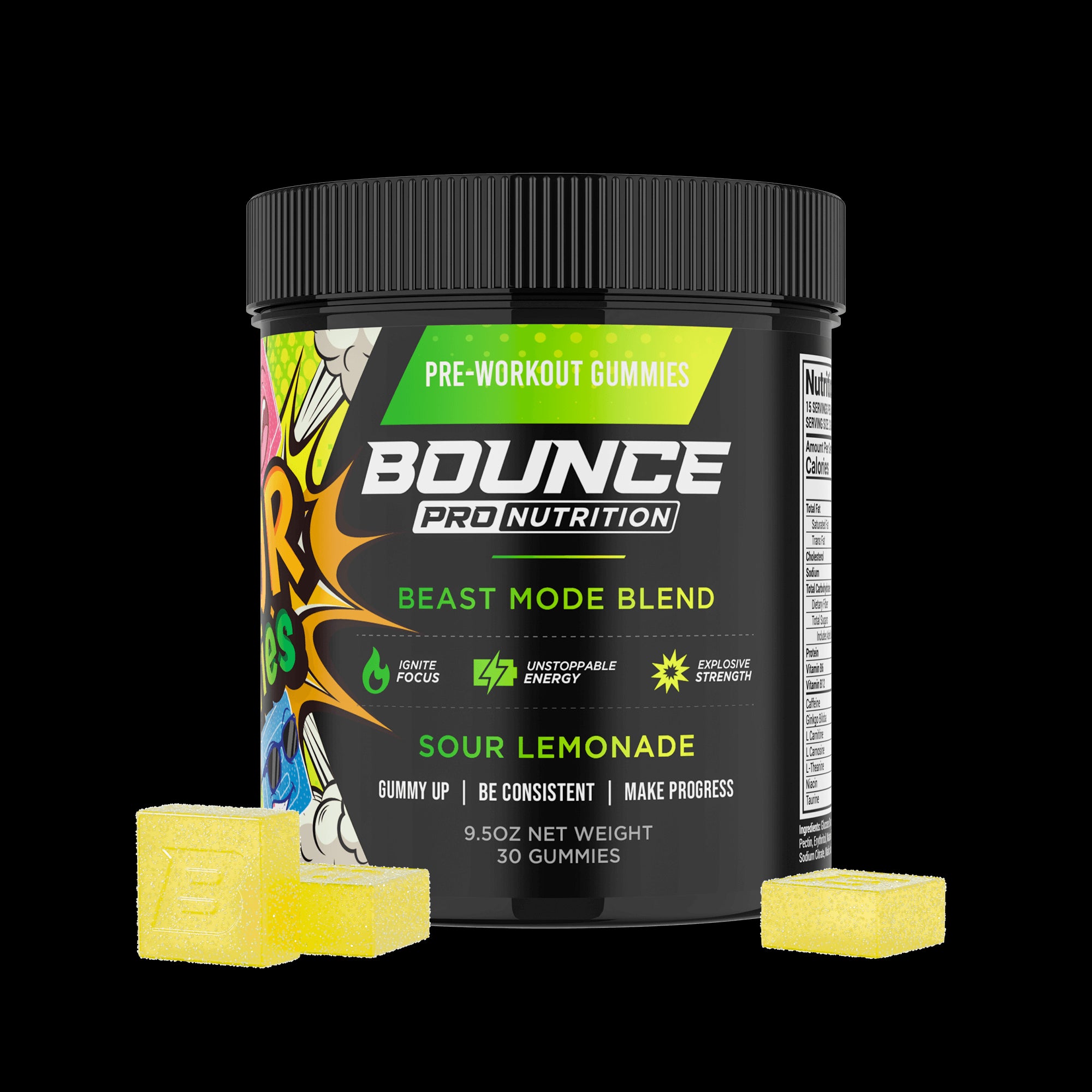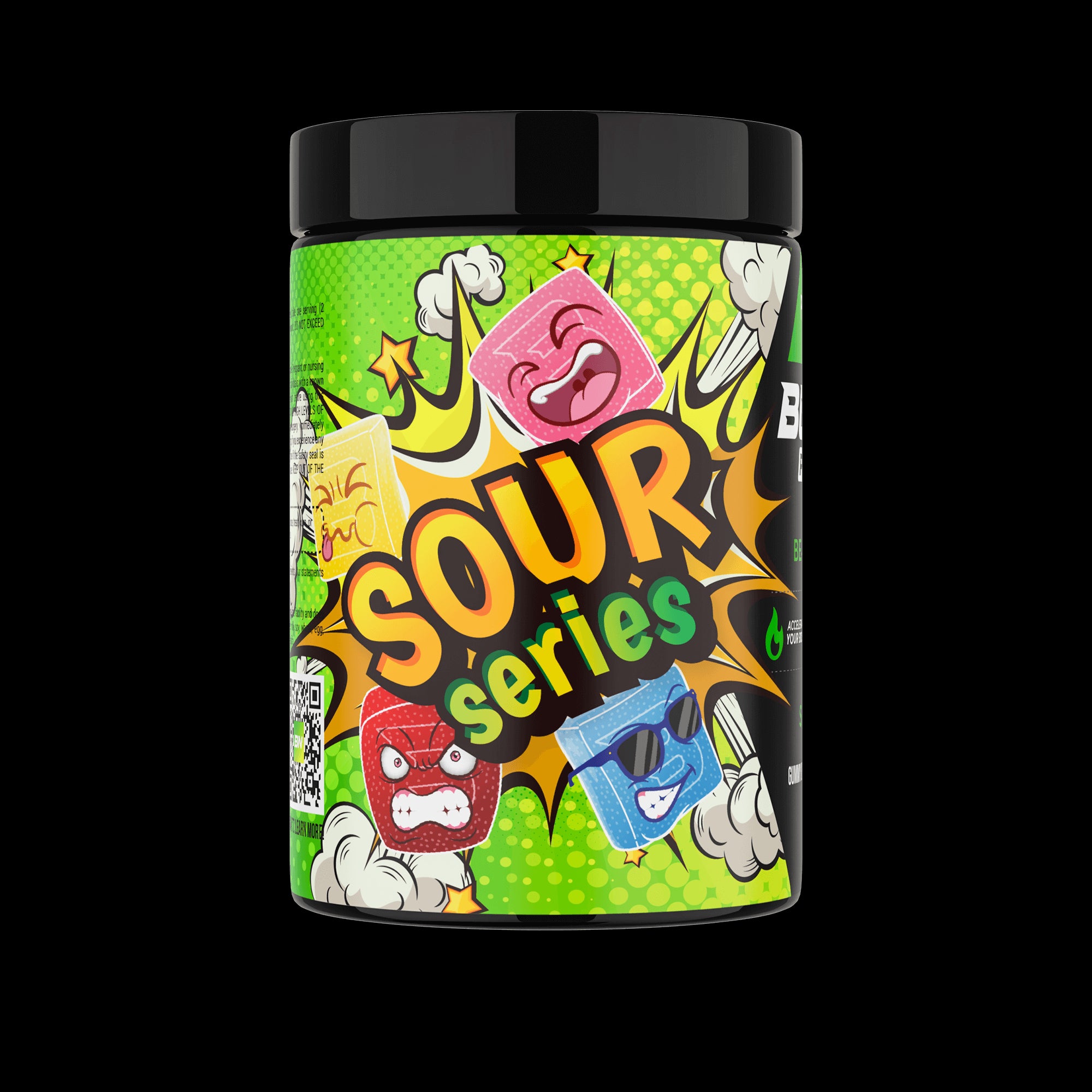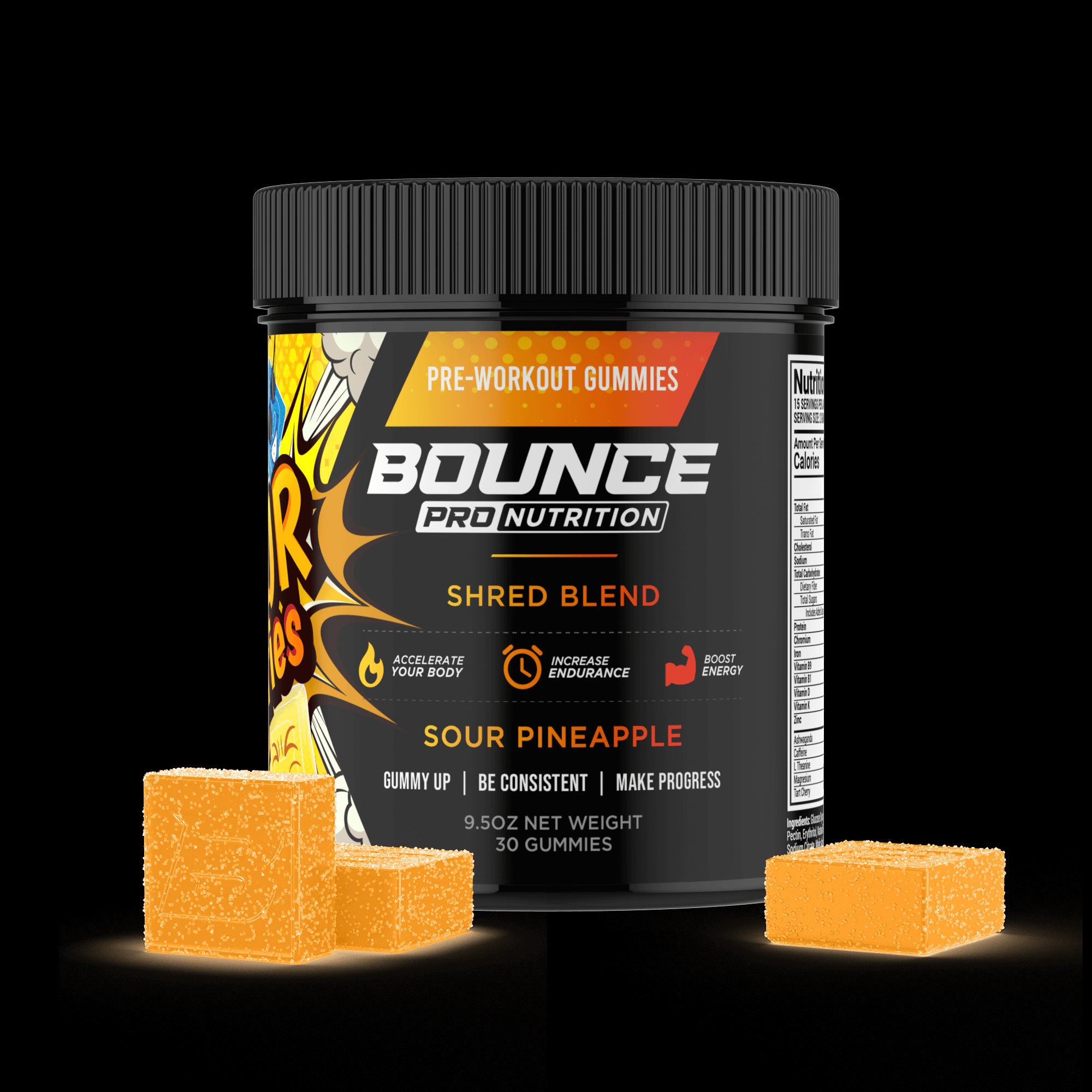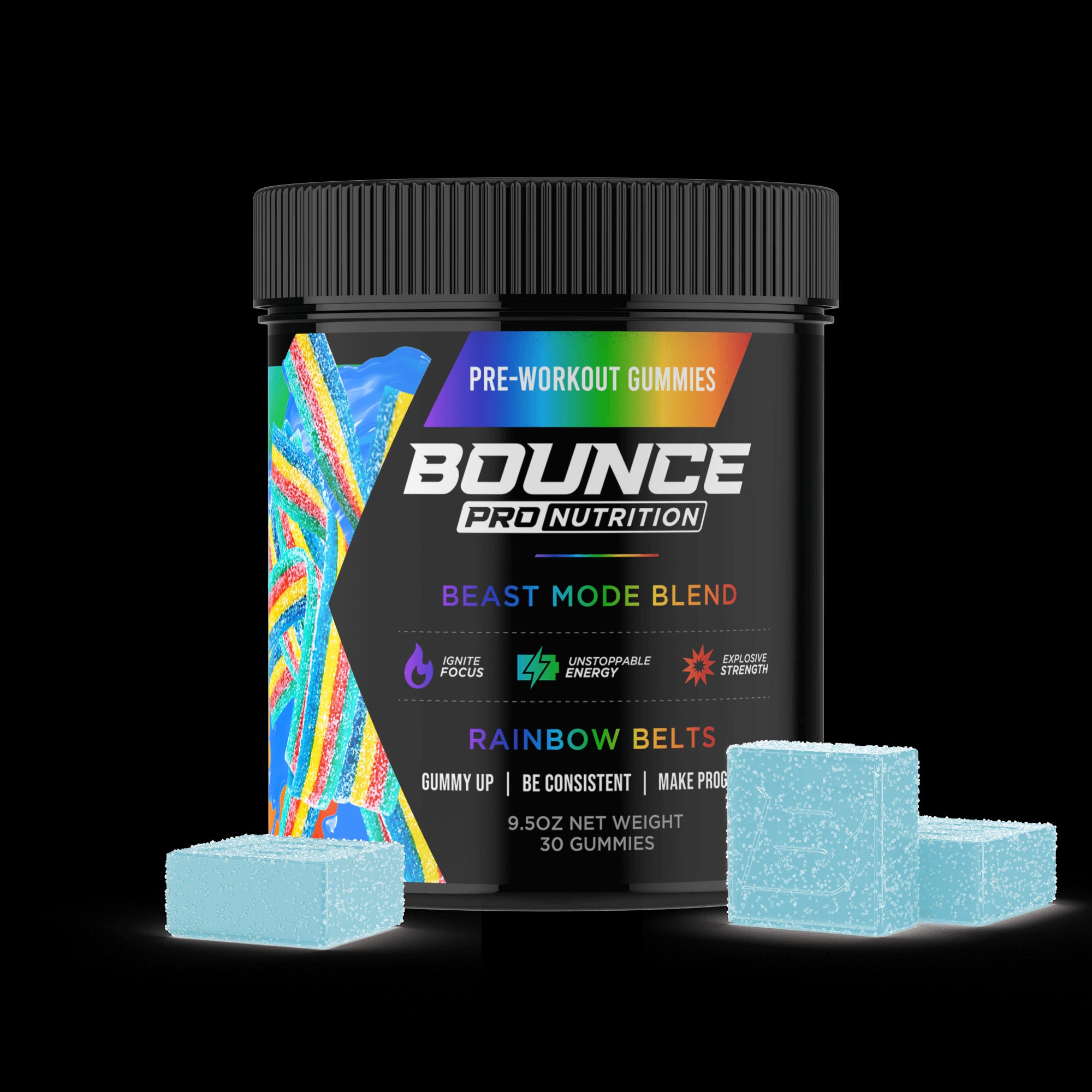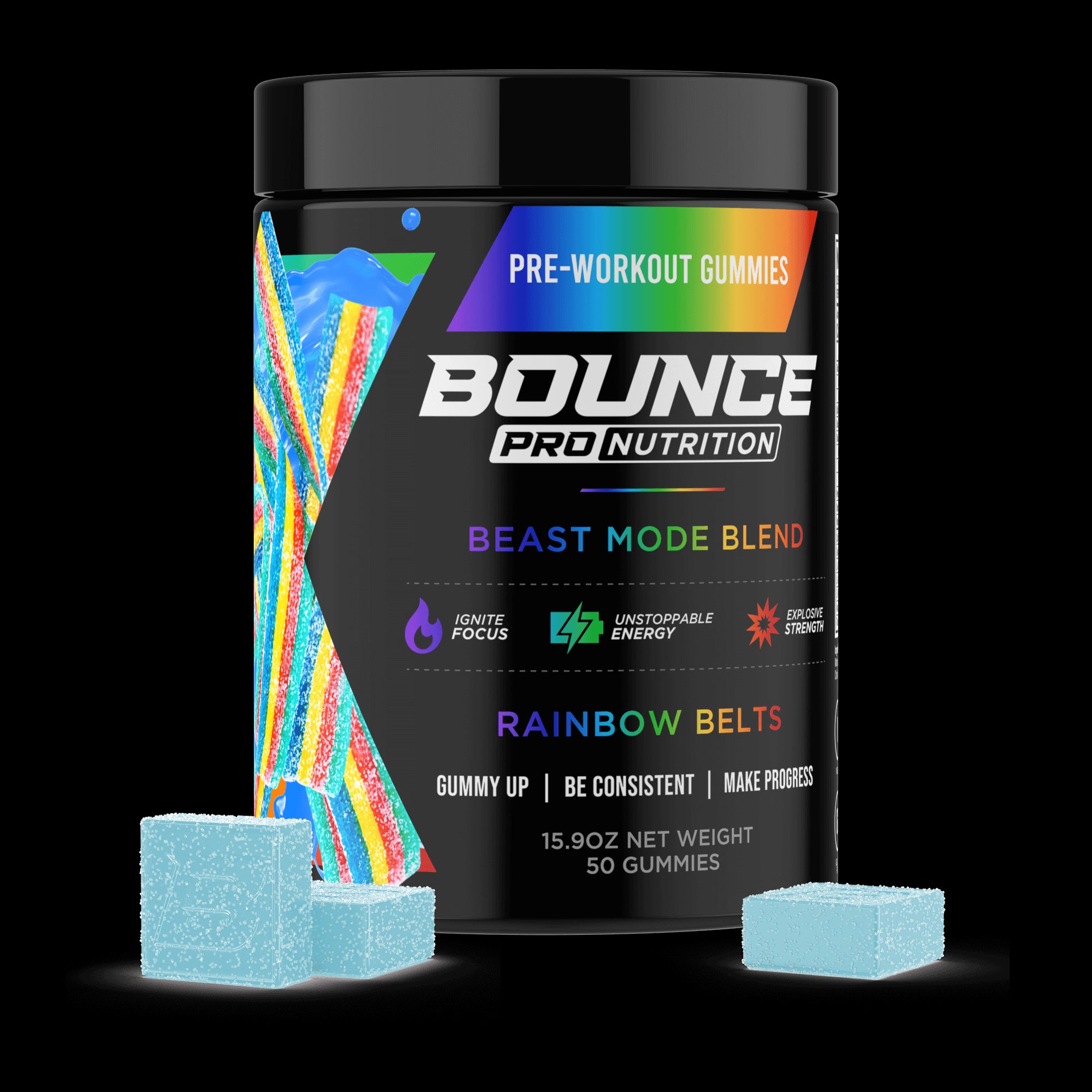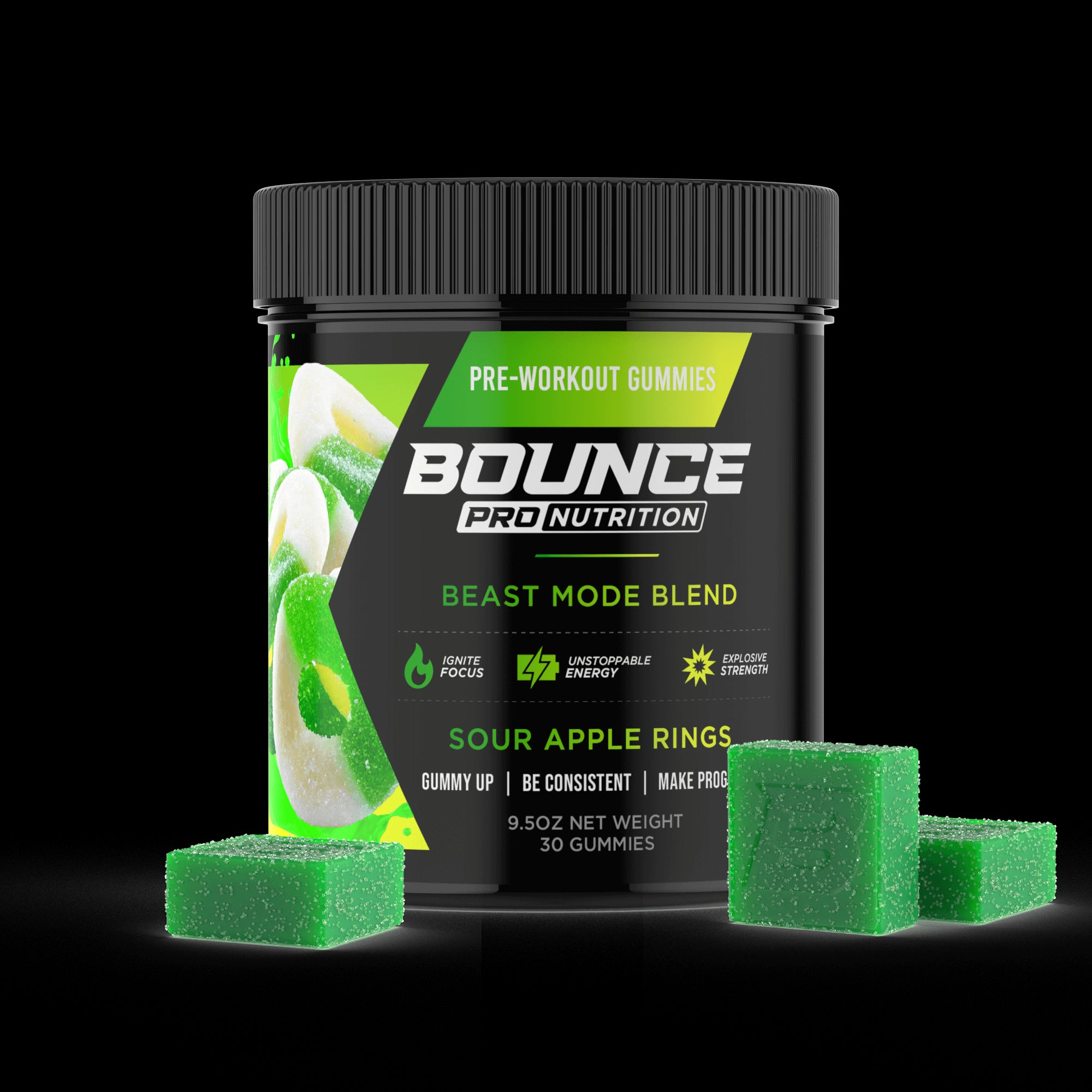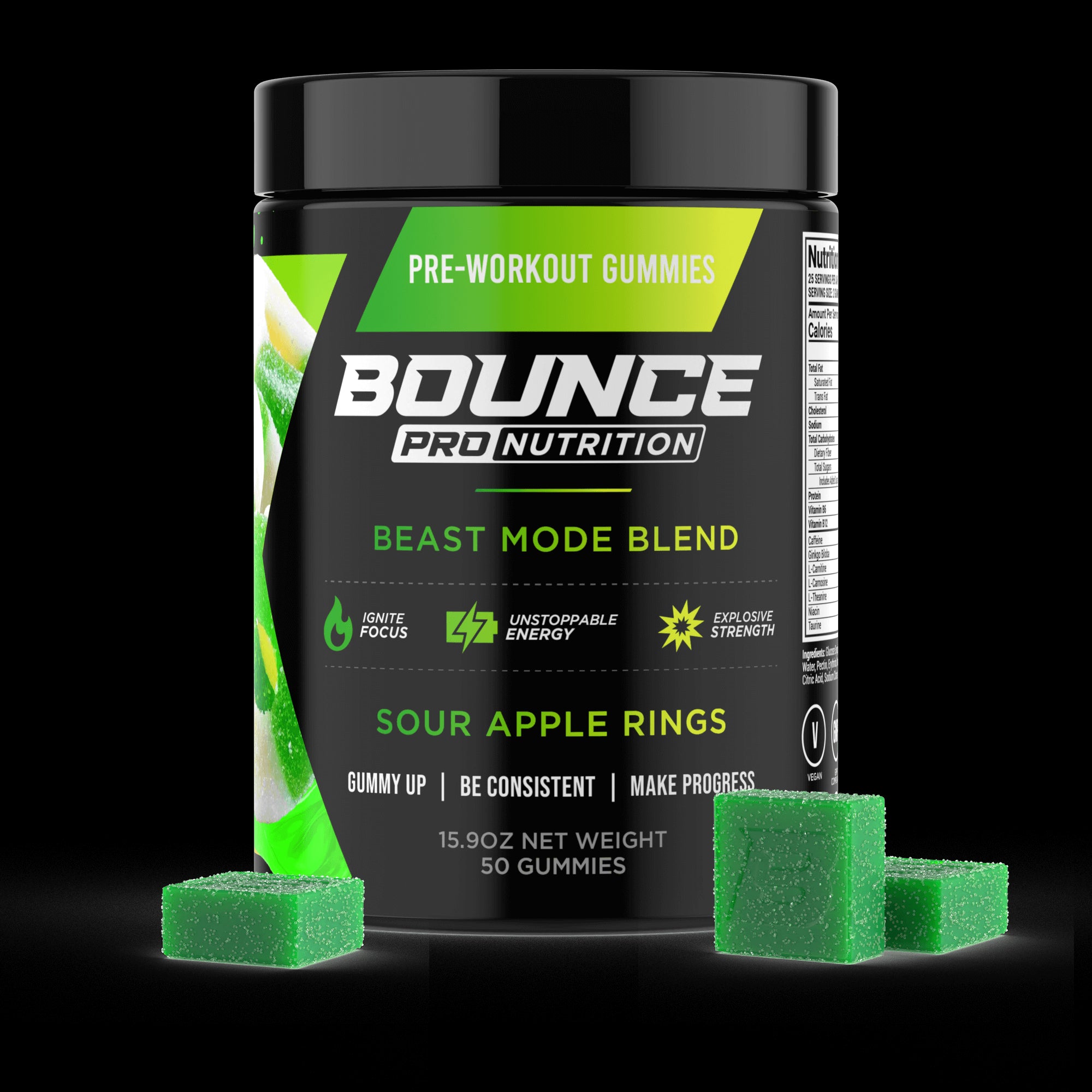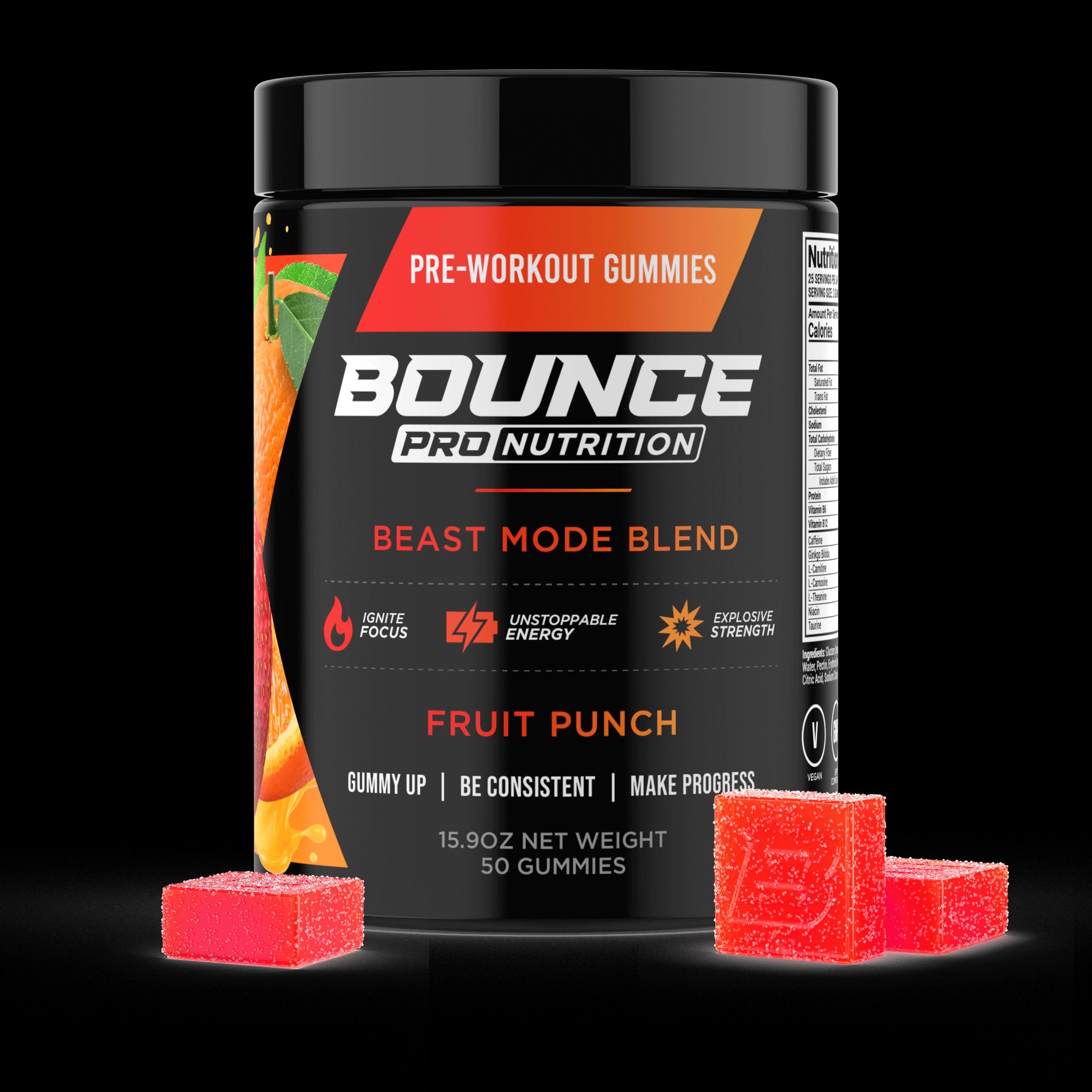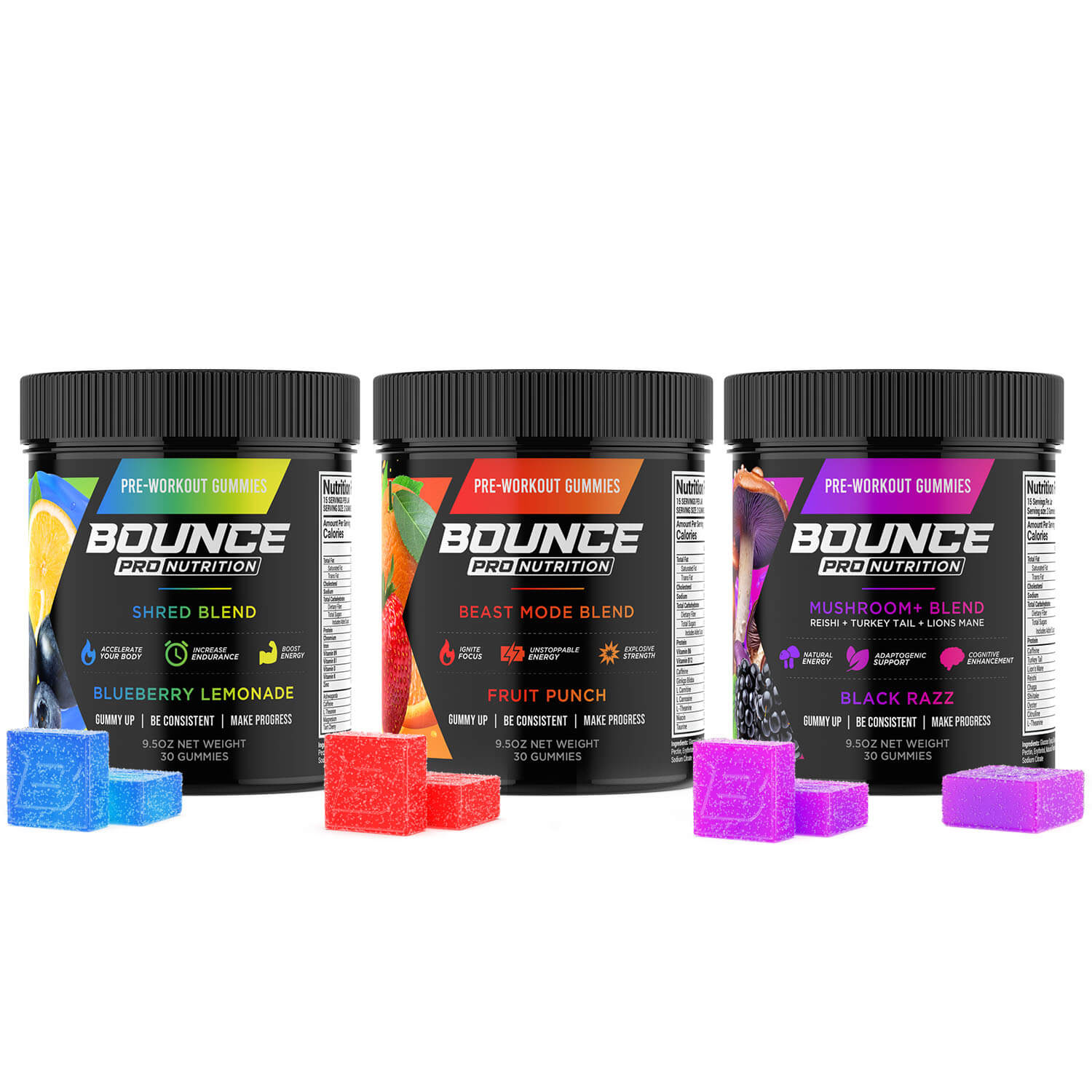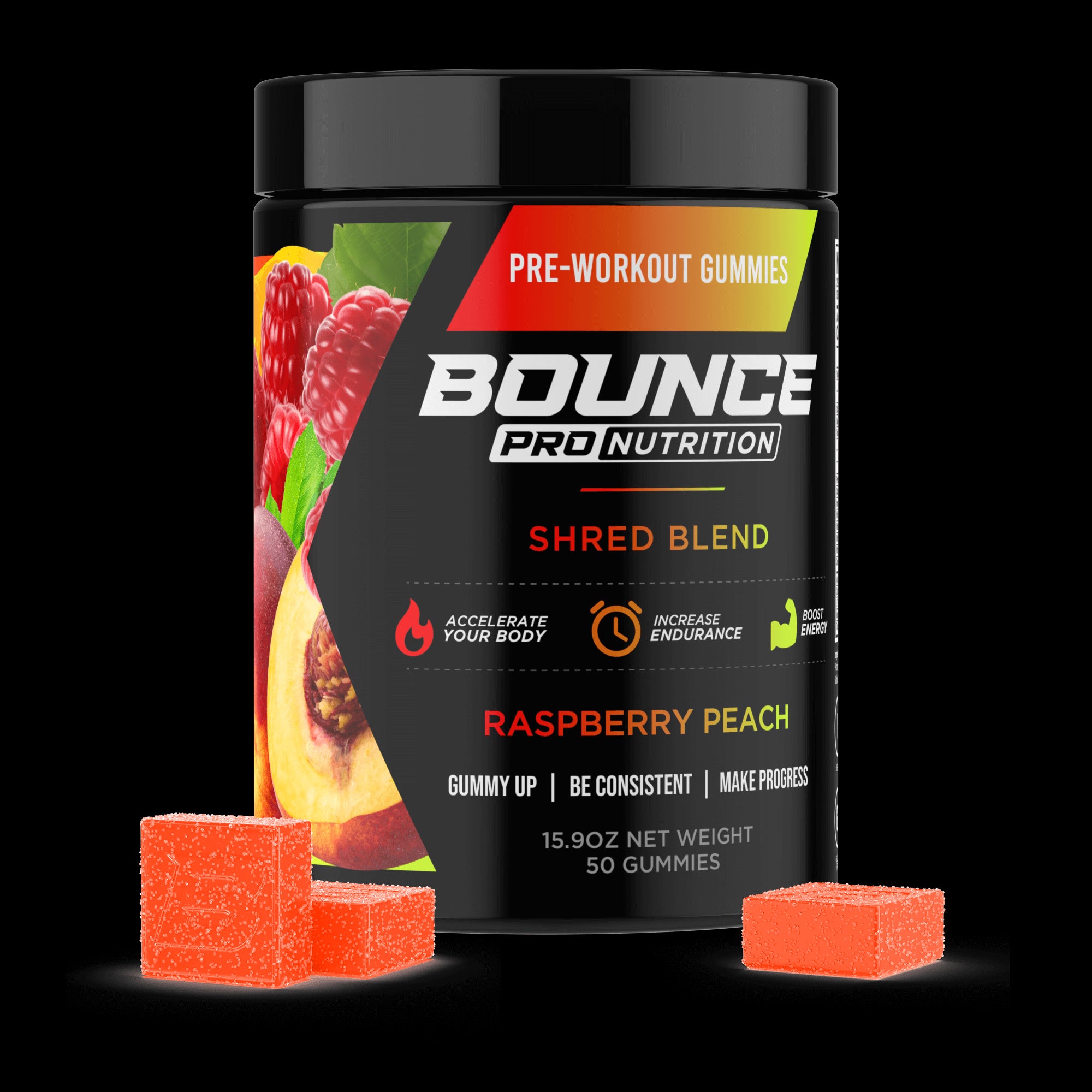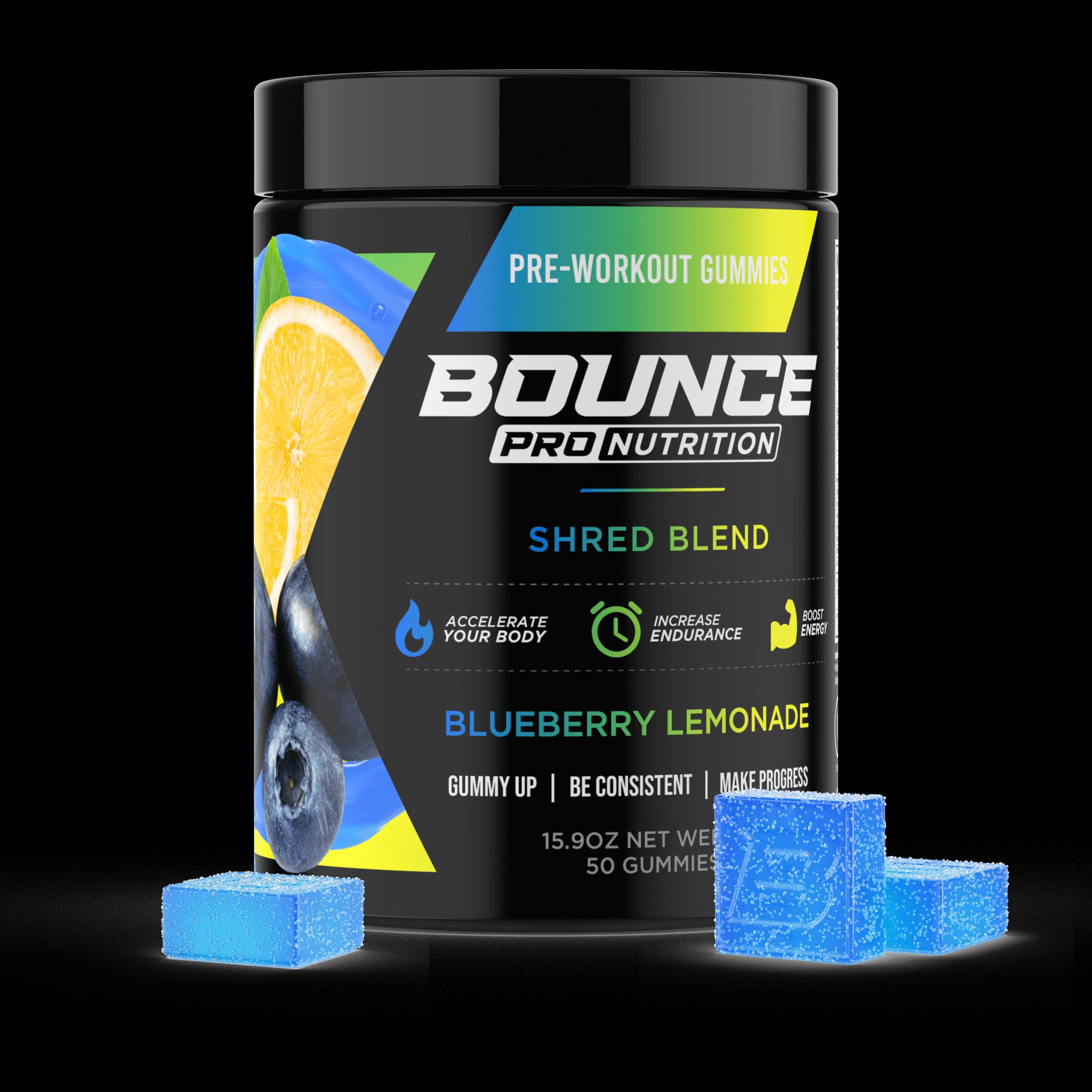There is a profound and intricate symphony occurring within your body during every moment of intense physical exertion. Each muscle fiber, a microscopic string in a biological orchestra, must contract and relax in perfect harmony to produce powerful, controlled movement. This performance demands more than just brute force or sheer willpower; it requires a precise cocktail of fuel, hydration, and electrochemical signals to keep every note playing in tune. When this delicate balance is maintained, the result is peak performance—the satisfying surge of power as you lift a new personal record or push through the final mile.
But when even one component falters, the symphony can collapse into a cacophony of fatigue, weakness, and the sudden, agonizing grip of a muscle cramp. Understanding how to conduct this internal orchestra is the key to unlocking your true physical potential. The search for mastery over our own physiology has led to a deeper appreciation for the small but mighty players that can make all the difference, including the essential minerals that govern our every move.
TO BUY ELECTROLYTE GUMMIES CLICK HERE
What You Need to Know About Muscle Mass
At its most fundamental level, muscle mass refers to the sheer amount of muscle tissue within the body. This is distinct from muscle strength (the force a muscle can exert) or muscle endurance (the ability to sustain contractions), though it is inextricably linked to both. When we talk about building muscle mass, we are primarily referring to skeletal muscle, the type of muscle that is under voluntary control and is responsible for moving our skeleton, allowing us to walk, run, lift, and perform every deliberate physical action.
This tissue is comprised of bundles of long, fibrous cells known as myocytes or muscle fibers. It is a highly metabolic and dynamic tissue, constantly undergoing a process of breakdown and repair. This continuous remodeling is what allows our muscles to adapt to the stresses we place upon them, growing larger and stronger in response to consistent training and proper nutrition. Understanding muscle mass is the first step toward appreciating its profound impact on nearly every aspect of our health, performance, and longevity.
While skeletal muscle is the focus of fitness and exercise, it is important to recognize that it is one of three distinct types of muscle tissue in the human body, each with a unique structure and function. Skeletal muscle, as mentioned, is striated (appearing striped under a microscope) and is attached to bones by tendons, operating under our conscious command. The other two types are cardiac muscle and smooth muscle. Cardiac muscle is found only in the walls of the heart; it is also striated, but it functions involuntarily to pump blood throughout the body, beating tirelessly from birth until death.
Smooth muscle is non-striated and is found in the walls of hollow internal organs such as the stomach, intestines, bladder, and blood vessels. Its contractions are also involuntary and are responsible for essential bodily processes like digestion and the regulation of blood pressure. Although our direct efforts to build muscle mass are focused on the skeletal system, the overall health of our muscular system is interconnected, as a healthy cardiovascular system is required to fuel the skeletal muscles with oxygen and nutrients.
The processes that govern the increase or decrease of muscle mass are known as hypertrophy and atrophy, respectively. Hypertrophy is the scientific term for the growth in the size of muscle cells, which occurs when the rate of muscle protein synthesis is greater than the rate of muscle protein breakdown. This is primarily stimulated by resistance training, which creates microscopic tears, or microtrauma, in the muscle fibers. In response to this stress, the body initiates a repair process that not only fixes the damage but adds new protein strands to the muscle fibers, making them thicker and more resilient.
This adaptive process requires adequate protein intake to provide the necessary amino acids (the building blocks of protein) and sufficient rest to allow the repairs to take place. Conversely, atrophy is the wasting away or decrease in muscle mass. This occurs when muscle protein breakdown exceeds synthesis, often due to disuse (like being sedentary or having a limb in a cast), malnutrition, or aging.
Beyond its role in movement and strength, muscle mass is a critical regulator of the body's metabolism. Muscle tissue is significantly more metabolically active than fat tissue, meaning it burns more calories at rest. An individual with a higher percentage of muscle mass will have a higher basal metabolic rate (BMR), which is the number of calories the body needs to perform its most basic, life-sustaining functions.
This means that by increasing your muscle mass, you are effectively turning up your body's metabolic furnace, making it easier to manage body weight and maintain a healthy body composition. Furthermore, skeletal muscle is the largest site in the body for glucose disposal. It acts like a massive sponge for blood sugar, pulling glucose from the bloodstream to be stored as glycogen or used for energy. This makes healthy muscle mass a powerful defense against insulin resistance and a key factor in the prevention and management of type 2 diabetes.
Unfortunately, the maintenance of muscle mass is a battle against time, particularly due to an age-related condition known as sarcopenia. Sarcopenia is the progressive and generalized loss of skeletal muscle mass and strength that occurs as part of the natural aging process, typically beginning around the age of 30 and accelerating after the age of 50. This gradual decline is caused by a complex interplay of factors, including hormonal changes (like decreased testosterone and growth hormone), a reduced ability of the body to synthesize protein, and often, a decrease in physical activity.
The consequences of sarcopenia are significant, leading to reduced functional capacity, an increased risk of falls and fractures, a slower metabolism, and a general decline in overall health and vitality. However, sarcopenia is not an inevitable fate. Its progression can be significantly slowed, and in some cases even reversed, through a commitment to regular resistance training and adequate protein intake throughout one's life.
Why is it Important to Build Strong Muscles?
The pursuit of stronger muscles is often simplistically associated with aesthetic goals or elite athletic performance, but its true importance extends far deeper, touching every facet of our daily health and long-term well-being. Building and maintaining healthy muscle mass is one of the most powerful proactive measures any individual can take to invest in their future quality of life. Strong muscles act as a metabolic engine, a structural framework for our skeleton, and a reservoir of strength that allows us to navigate the world with confidence and capability.
The benefits are not confined to the young or the athletic; they are profoundly impactful across the entire human lifespan, from enhancing childhood development to preserving independence and vitality in our senior years. Embracing these practices that build strength is to embrace a more resilient, energetic, and healthier version of oneself:
-
Boosts Your Metabolic Rate: As mentioned, skeletal muscle is a highly active tissue. For every pound of muscle you gain, your body burns more calories each day, even when you are completely at rest. This increase in your basal metabolic rate (BMR) is a powerful tool for long-term weight management. A higher metabolism makes it easier to maintain a healthy body composition and provides more leeway in your diet, as your body is more efficient at partitioning nutrients and burning through energy. This metabolic advantage is one of the key reasons why strength training is often recommended over cardio alone for sustainable fat loss and body recomposition.
-
Strengthens Bones and Prevents Osteoporosis: The relationship between muscle and bone is intimate and dynamic. The mechanical stress that strength training places on the muscles also places a healthy stress on the bones they are attached to. When muscles pull on bones during exercises like squats or overhead presses, it stimulates specialized bone cells called osteoblasts to create new bone tissue. This process increases bone mineral density, making bones stronger and more resistant to fractures. This is particularly crucial as we age, as it is a primary defense against osteopenia (low bone mass) and osteoporosis, a condition that makes bones brittle and dangerously fragile.
-
Enhances Everyday Functional Strength: The strength you build in the gym directly translates into an improved ability to perform everyday tasks with ease and a reduced risk of injury. This is known as functional strength. Carrying heavy groceries, lifting a child, moving furniture, or even just getting up from a chair without assistance are all activities that rely on muscular strength. By fortifying your body's capabilities, you enhance your physical autonomy and overall quality of life, ensuring that you can continue to engage in the activities you love, whether that's gardening, hiking, or playing with grandchildren, for many years to come.
-
Improves Body Composition and Appearance: While aesthetics may not be the most critical benefit, they are a significant motivator for many, and building muscle has a profound impact on body composition. Muscle is far denser than fat, meaning a pound of muscle takes up significantly less space than a pound of fat. Therefore, an individual who replaces five pounds of fat with five pounds of muscle will weigh the same but will appear leaner, firmer, and more toned. This change in body composition, rather than just a number on the scale, is a much healthier and more meaningful measure of fitness progress.
-
Reduces the Risk of Chronic Diseases: A healthy amount of muscle mass is a formidable shield against a host of modern chronic illnesses. Its role in glucose uptake makes it a cornerstone of preventing and managing type 2 diabetes by improving insulin sensitivity. Strength training has also been shown to improve cardiovascular health by lowering blood pressure, improving cholesterol profiles (lowering LDL and raising HDL), and strengthening the heart muscle itself. A stronger body is simply a more resilient body, better equipped to fend off the common diseases of aging.
-
Supports Joint Health and Stability: Strong muscles act as a natural, dynamic support system for your joints. The muscles, tendons, and ligaments that cross a joint, such as the knee or shoulder, provide crucial stability, absorbing shock and preventing excessive or improper movement that could lead to injury. For individuals with conditions like arthritis, stronger surrounding muscles can help to alleviate joint pain by taking some of the load off the compromised joint cartilage, improving function and reducing discomfort.
-
Enhances Athletic Performance: For anyone involved in sports or recreational activities, from weekend soccer to competitive cycling, a foundation of strength is paramount. Stronger muscles generate more force, leading to improved power, speed, and agility. A strong core provides a stable base for all movements, enhancing balance and efficiency. Furthermore, a well-conditioned body is more resistant to the common sprains and strains that can sideline an athlete, allowing for more consistent training and a higher level of overall performance.
-
Improves Posture and Reduces Back Pain: Much of the chronic back pain experienced by adults can be attributed to weak core and back muscles and poor posture, often exacerbated by a sedentary lifestyle. Strength training, with a particular focus on the muscles of the core, glutes, and upper back, helps to correct these imbalances. Strong abdominal and lower back muscles work together to support the spine in a neutral position, while strong upper back muscles help to pull the shoulders back, counteracting the slouching posture common from long hours spent at a desk or looking at a screen.
-
Boosts Mental Health and Cognitive Function: The connection between physical strength and mental resilience is incredibly strong. The act of consistently overcoming physical challenges in the gym builds self-esteem, confidence, and a sense of mastery. The neurochemicals released during exercise, including endorphins and dopamine, have powerful mood-boosting and anti-anxiety effects. Furthermore, research has shown that strength training can improve cognitive functions such as memory, focus, and executive function, likely by increasing blood flow to the brain and promoting the growth of new neurons.
-
Promotes Longevity and Independence in Aging: Perhaps the most compelling reason of all, building and preserving muscle is a direct investment in your long-term independence. Sarcopenia, the age-related loss of muscle mass, is a primary driver of frailty, falls, and the loss of functional autonomy in older adults. By actively combating sarcopenia through lifelong strength training, you are preserving your ability to live independently, perform basic self-care tasks, and maintain a high quality of life well into your senior years, making strength the ultimate foundation for healthy aging.
Understanding the BMI Index and How Muscle Mass Contributes to It
The Body Mass Index, or BMI, is a widely used metric intended to quantify an individual's tissue mass (muscle, fat, and bone) and categorize them as underweight, normal weight, overweight, or obese. It is a simple mathematical calculation derived by dividing a person's mass in kilograms by the square of their height in meters (BMI=kg/m2). For decades, it has been the go-to tool for doctors, public health organizations, and insurance companies to quickly assess weight status and potential health risks on a population level.
The appeal of BMI lies in its simplicity and cost-effectiveness; it requires only a scale and a measuring tape, making it easy to implement in large-scale studies and clinical settings. However, while it can be a useful screening tool for the general, sedentary population, its utility breaks down significantly when applied to individuals with above-average muscle mass, creating a paradox where the fittest individuals can be classified as "unhealthy."
The concept of the BMI was originally developed not by a physician, but by a Belgian astronomer, mathematician, and statistician named Adolphe Quetelet in the 1830s. His work was focused on "social physics" and finding the characteristics of the "l'homme moyen" or the "average man." He created the formula as a statistical tool for studying populations, and it was never intended to be used as an individual measure of body fatness or health.
It was only in the latter half of the 20th century, most notably through the work of physiologist Ancel Keys who promoted its use in epidemiological studies, that the "Quetelet Index" was rebranded as the Body Mass Index and adopted for clinical use. This historical context is crucial because it highlights that the BMI was designed to describe populations, not diagnose individuals, a nuance that has been largely lost in its modern application.
The primary and most significant limitation of the BMI is its complete inability to differentiate between the composition of a person's body weight. The formula is blind to the difference between a pound of dense, metabolically active muscle and a pound of bulky, relatively inert adipose (fat) tissue. Because muscle is approximately 18% denser than fat, an individual who engages in regular strength training and has built a significant amount of muscle mass can easily have a BMI that places them in the "overweight" or even "obese" category, despite having a very low and healthy body fat percentage.
This frequently leads to misclassification of athletes, bodybuilders, and anyone with a muscular physique, labeling them with a risk profile that does not accurately reflect their excellent metabolic health and physical condition. This flaw can cause unnecessary concern and may even lead to inappropriate medical or lifestyle advice.
The following chart illustrates the standard BMI weight status categories. It is essential to view this chart with the critical understanding that it does not account for body composition. For an athlete, a BMI of 27 might represent a powerful, lean physique, whereas for a sedentary individual, the same BMI of 27 would likely indicate an excess of body fat and an elevated health risk.
|
BMI Range |
Weight Status |
Potential Implication for a Muscular Individual |
|---|---|---|
|
Below 18.5 |
Underweight |
May be accurate but could also indicate a very lean endurance athlete. |
|
18.5 – 24.9 |
Normal or Healthy Weight |
Typically considered ideal for the general population. |
|
25.0 – 29.9 |
Overweight |
Highly likely to misclassify muscular individuals. A strength athlete could easily fall in this range with a low body fat percentage. |
|
30.0 and Above |
Obese |
Frequently misclassifies bodybuilders, powerlifters, and other heavily muscled athletes. |
Given the pronounced limitations of the BMI for active individuals, it is crucial to look at more accurate and informative methods for assessing body composition and health risk. Body fat percentage is the gold standard, as it directly measures the proportion of fat mass to lean body mass. This can be estimated through various methods, including skinfold calipers, bioelectrical impedance analysis (BIA) scales, hydrostatic (underwater) weighing, air displacement plethysmography (Bod Pod), and Dual-Energy X-ray Absorptiometry (DEXA) scans, with the latter three being the most accurate.
Additionally, simple measurements like waist circumference are excellent predictors of health risk. A high concentration of visceral fat (fat around the internal organs) in the abdominal region is strongly linked to cardiovascular disease and type 2 diabetes, regardless of an individual's BMI. For anyone serious about their fitness, shifting the focus from BMI to these more meaningful metrics provides a much truer picture of health and progress.
What Methods are There that People Do in Order to Achieve Maximum Muscle Output?
Achieving maximum muscle output—the ability to generate the greatest possible force and sustain it effectively—is a multifaceted pursuit that goes far beyond simply lifting heavy objects. It requires a strategic, scientific, and consistent approach that integrates training, nutrition, and recovery into a cohesive system.
The body must be subjected to a specific type of stress that signals the need for adaptation, provided with the raw materials necessary to build stronger tissue, and given adequate time to repair and supercompensate. This is not a process that can be rushed or hacked; it is built upon a foundation of established physiological principles that govern how our muscles respond and grow. The following methods represent the cornerstones of any successful plan aimed at unlocking an individual's full potential for muscular power and performance:
-
The Principle of Progressive Overload: This is the absolute, non-negotiable foundation of all strength and muscle gain. The principle states that in order for a muscle to grow stronger and larger, it must be forced to adapt to a tension that is above and beyond what it has previously experienced. Once the body adapts to a certain workload, you must increase the demand to continue making progress. This "overload" can be achieved in several ways: increasing the weight you are lifting, increasing the number of repetitions you perform with a given weight, increasing the number of sets you perform, decreasing the rest time between sets, or increasing the frequency of your training sessions. Without a consistent and methodical application of progressive overload, the body has no reason to adapt, and progress will inevitably stall.
-
Compound, Multi-Joint Exercises: While all resistance exercises have their place, the most efficient way to build overall strength and muscle mass is by prioritizing compound movements. These are exercises that involve movement across more than one joint and engage multiple large muscle groups simultaneously. Classic examples include the squat, deadlift, bench press, overhead press, and bent-over row. Because they recruit a large amount of muscle mass, compound exercises allow you to lift heavier weights, which provides a greater stimulus for growth and triggers a more significant hormonal response (such as the release of testosterone and growth hormone) compared to isolation exercises that target a single muscle group.
-
Adequate Protein and Caloric Intake: Training provides the stimulus for muscle growth, but nutrition provides the raw materials. Muscle tissue is made of protein, which in turn is made of amino acids. To build new muscle, you must consume enough high-quality protein to put your body in a state of positive nitrogen balance, where muscle protein synthesis exceeds muscle protein breakdown. General recommendations for active individuals are typically in the range of 1.6 to 2.2 grams of protein per kilogram of body weight per day. Furthermore, to maximize muscle growth (hypertrophy), a modest caloric surplus is often required, meaning you need to consume slightly more calories than your body expends. This ensures there is enough energy available to fuel both your workouts and the energy-intensive process of building new tissue.
-
Consistency and Proper Training Volume: Muscles are not built in a single heroic workout session; they are built through weeks, months, and years of consistent effort. Adherence to a structured training program is paramount. This ties into the concept of training volume, which is typically calculated as sets x reps x weight. There is a dose-response relationship between volume and hypertrophy, meaning that up to a certain point, more volume leads to more growth. A well-designed program will structure training in a way that provides sufficient volume to stimulate growth for each muscle group, often by hitting each muscle group 2-3 times per week, without exceeding the body's ability to recover.
-
Prioritizing Rest, Recovery, and Sleep: Muscle growth does not happen in the gym; it happens when you are resting. The workout itself is the stimulus that causes micro-damage to the muscle fibers. The actual repair and growth occur during the recovery period between sessions. This makes rest and sleep critically important. During deep sleep, the body releases a significant amount of growth hormone, which is vital for tissue repair. Chronic sleep deprivation can impair muscle recovery, decrease performance, and negatively impact the hormonal environment needed for growth. Aiming for 7-9 hours of quality sleep per night is as crucial as any training session.
-
Strategic Use of Supplements: While supplements are not a substitute for a solid training and nutrition plan, they can play a supportive role in maximizing muscle output. Creatine monohydrate is one of the most well-researched supplements and has been consistently shown to increase strength, power output, and lean muscle mass by improving the body's ability to rapidly produce energy during intense efforts. Protein supplements, like whey or casein powder, are a convenient and efficient way to help meet daily protein targets. Other supplements like beta-alanine (for muscular endurance) and citrulline malate (for blood flow) may also offer performance benefits.
What is Muscle Cramping and How Does It Occur?
A muscle cramp, known clinically as a charley horse or a muscle spasm, is a sudden, involuntary, and often intensely painful contraction of one or more muscles. This is not a gentle tightening but a forceful and sustained spasm where the muscle becomes temporarily locked in a shortened state, unable to relax. The affected muscle can feel hard or knotted to the touch, and the pain can be severe enough to be momentarily debilitating, stopping an athlete in their tracks or waking a person from a sound sleep.
While cramps can technically occur in any skeletal muscle, they are most common in the large muscles of the legs and feet, which are often subjected to the greatest workloads. The calf muscles (gastrocnemius and soleus) are notoriously susceptible, followed closely by the hamstrings (the muscles on the back of the thigh) and the quadriceps (the muscles on the front of the thigh).
The exact, definitive cause of the common exercise-associated muscle cramp (EAMC) remains a topic of considerable scientific debate, with evidence pointing towards a multifactorial origin rather than a single root cause. For decades, the prevailing wisdom pointed almost exclusively to dehydration and the loss of key electrolytes through sweat.
However, more recent research has brought a second major theory to the forefront, one that centers on altered neuromuscular control, essentially suggesting that cramps are a result of "misfiring" nerves due to muscle fatigue. It is becoming increasingly likely that both of these theories hold a piece of the puzzle and that different types of cramps may be triggered by different primary factors, or more often, a combination of both. Understanding these potential pathways is key to developing a comprehensive strategy for prevention.
The two leading theories explaining why exercise-associated muscle cramps occur are:
-
The Electrolyte Depletion and Dehydration Theory: This is the classic and most widely known explanation for muscle cramping. The theory posits that when an individual exercises for a prolonged period, especially in hot and humid conditions, they lose significant amounts of fluid and essential minerals (electrolytes) through sweat. Electrolytes like sodium (Na+), potassium (K+), magnesium (Mg2+), and calcium (Ca2+) are critical for regulating fluid balance and, most importantly, for conducting the nerve impulses that signal muscles to contract and relax. According to this theory, a significant depletion of these minerals, particularly sodium, disrupts the normal electrochemical environment around the muscle and nerve cells. This disruption can make the nerve endings hyperexcitable, causing them to fire spontaneously and leading to the involuntary, sustained contraction we experience as a cramp. Dehydration exacerbates this by reducing blood volume, which can decrease blood flow to the muscles and further concentrate the sweat-related mineral losses.
-
The Altered Neuromuscular Control Theory: This more modern theory proposes that cramps are less about what's in the blood and more about a malfunction in the nervous system's control over the muscle, brought on by localized muscle fatigue. Within our muscles and tendons, we have specialized nerve receptors that provide feedback to the spinal cord about the state of the muscle. The muscle spindles sense how much a muscle is being stretched and trigger a contraction to protect it, while the Golgi tendon organs sense how much tension is on the muscle and trigger a relaxation to prevent injury. The theory suggests that when a muscle becomes overly fatigued from being overworked or held in a shortened position for too long, the signals from these receptors get mixed up. The excitatory signals from the muscle spindles become overactive, while the inhibitory signals from the Golgi tendon organs are reduced. This creates a net excitatory effect, leading the alpha motor neuron in the spinal cord to essentially go haywire and command the muscle to contract uncontrollably. This theory helps explain why cramps often occur in a specific, overworked muscle and why static stretching, which stimulates the Golgi tendon organ, can often relieve a cramp.
Electrolyte Gummies 101
In the dynamic landscape of sports nutrition, electrolyte gummies have emerged as a remarkably popular and practical solution for fueling performance and supporting hydration. They represent a significant evolution from traditional options, offering a convenient, portable, and palatable alternative to messy powders and bulky sports drinks. These small, chewable supplements are precisely formulated to deliver a concentrated payload of essential minerals and, in most cases, quick-digesting carbohydrates, directly addressing the key nutritional challenges faced during intense physical activity.
Engineered for rapid absorption and supreme ease of consumption, they allow an athlete to refuel mid-stride, mid-pedal, or mid-lift without breaking rhythm or focus. For many, they successfully bridge the gap between solid food, which can be difficult to digest during exertion, and plain liquids, which may not provide adequate energy or mineral replacement, making them a cornerstone of the modern athlete's fueling strategy.
To truly grasp the value of electrolyte gummies, one must first understand the fundamental importance of electrolytes themselves. Far from being exotic ingredients, electrolytes are essential minerals—again, such as sodium (Na+), potassium (K+), magnesium (Mg2+), calcium (Ca2+), and chloride (Cl−)—that carry a positive or negative electric charge when dissolved in the body's fluids. They are the master conductors of the body's internal electrical system, and life as we know it would be impossible without them. Their roles are vast and critical: they regulate fluid balance by controlling the movement of water across cell membranes, maintain the body's proper pH balance, and are absolutely indispensable for nerve function.
Every single nerve impulse, from a thought in your brain to the signal telling your heart to beat, is an electrical current generated by the movement of these charged ions. Most relevant to this discussion, they govern every single muscle contraction. The exchange of sodium, potassium, and calcium ions is what allows a muscle fiber to contract and relax on command. During strenuous exercise, we lose these vital minerals rapidly through sweat, and if they are not systematically replaced, this entire intricate system can be thrown into disarray.
The creation of an electrolyte gummy is a sophisticated process that merges the principles of food science with the precision of nutritional formulation. It is a journey that transforms simple minerals and sugars into a highly functional and stable performance food. While proprietary blends differ, the industrial manufacturing process generally follows a standardized, multi-stage pathway to ensure a consistent, safe, and effective final product:
-
Formulation and Compounding: The process begins in the lab, where food scientists and nutritionists design the product's recipe. They select and precisely weigh the raw ingredients, including the mineral salts that will provide the electrolytes (e.g., sodium citrate, potassium chloride), the carbohydrate sources for energy (often a blend of glucose, sucrose, and/or fructose), and the gelling agent (typically plant-based pectin for a vegan product or animal-based gelatin). Acids like citric acid are added for tartness and preservation, along with natural flavors and colors.
-
Cooking the Slurry: The pre-mixed ingredients are transferred into a large, jacketed industrial kettle for cooking. The mixture is heated to a specific temperature and for a precise duration to fully dissolve all the solids into the liquid base, creating a uniform, viscous liquid known as a slurry. This step is meticulously controlled to achieve the exact moisture content and solid-to-liquid ratio needed for the gummy's final texture.
-
Depositing and Molding: Once cooked, the hot slurry is piped to a depositor machine. This machine acts like a series of precise nozzles, injecting the liquid gummy mixture into thousands of molds. These molds are often made of silicone or are impressions made in trays filled with fine corn starch, a classic method known as the starch mogul system, which helps to absorb moisture and form the gummy's shape.
-
Curing and Setting: The trays of filled molds are then moved into carefully climate-controlled rooms or tunnels. They remain here for a period of 24 to 48 hours, a process called curing or stoving. During this time, the gelling agent sets, and excess moisture evaporates, allowing the gummies to firm up and achieve their characteristic stable, chewy texture.
-
Demolding and Finishing: After curing, the electrolyte gummies are removed from the molds. They are then often tumbled in a large drum where they are lightly coated with a food-grade oil or wax to prevent them from sticking together in the final packaging. In some cases, they might be coated in a sugar or sour-acid crystal mixture.
-
Quality Control and Packaging: Before they can be sold, the finished gummies undergo rigorous quality control testing. Samples from each batch are analyzed to verify that the electrolyte and carbohydrate content matches the label claims. They are also tested for texture, flavor, and microbial safety. Once approved, they are packaged into their final containers.
The market for electrolyte gummies has blossomed, offering a wide array of specialized formulations to meet the needs of different types of athletes and consumers. The most significant variation is in the electrolyte profile. Some gummies are designed with very high levels of sodium to cater to "salty sweaters" or for use in extreme heat where sodium loss is the primary concern.
Other formulations may place more emphasis on magnesium and potassium, targeting cramp prevention and general muscle function. Beyond the minerals, many gummies are fortified with additional performance-aiding ingredients. Caffeinated gummies are popular for providing a dual-action boost of energy from sugar and a stimulant effect from caffeine. Others may include Branched-Chain Amino Acids (BCAAs) to potentially support muscle endurance and reduce soreness.
There is also great diversity in carbohydrate sources, with a growing number of sugar-free options available that use sugar alcohols or natural sweeteners like stevia to provide electrolytes without the carbs, catering to athletes on ketogenic diets. Finally, dietary considerations are well-represented, with plentiful vegan (pectin-based), gluten-free, and non-GMO options available in a vast spectrum of flavors.
The intended physiological effects of consuming electrolyte gummies are directly tied to their core components: electrolytes and simple carbohydrates, which work in synergy with the water an athlete consumes alongside them. Their primary function is to counteract the negative performance consequences of dehydration and energy depletion. When consumed, the electrolytes, particularly sodium, work with the glucose in the gummy to accelerate fluid absorption in the intestines.
This co-transport mechanism helps the body absorb and retain water more effectively than drinking plain water, which supports the maintenance of blood volume and cardiovascular function. The direct replenishment of sodium, potassium, calcium, and magnesium supports the electrochemical balance required for normal nerve transmission and muscle contraction mechanics. The simple sugars are rapidly absorbed, providing a quick source of fuel to working muscles, which can help to spare the body's finite glycogen stores and delay the onset of fatigue during prolonged efforts.
Electrolyte gummies are primarily intended for individuals who are engaging in physical activities that result in significant sweat loss, and thus, significant fluid and electrolyte loss. Their prime users are endurance athletes such as marathon runners, triathletes, and long-distance cyclists, for whom consistent fueling and hydration over several hours is paramount to success.
They are also incredibly valuable for participants in high-intensity sports and training modalities, like soccer, basketball, or CrossFit, where the sweat rate can be extremely high even over a shorter duration. Beyond athletes, they can be beneficial for anyone working or exercising in hot and humid environments, such as construction workers, landscapers, or military personnel. They can also be a useful tool for anyone needing to rehydrate after any activity that causes significant fluid loss, helping to restore balance more quickly and efficiently.
The Question to Answer: How Do Electrolyte Gummies Help for Maximum Muscle Output Minus the Muscle Cramping?
The core value of electrolyte gummies in the pursuit of peak muscle performance lies in their ability to directly address the primary physiological roadblocks that cause output to decline and cramping to occur. They function as a targeted support system, working to maintain the precise internal environment your muscles need to function optimally under stress. This isn't about creating artificial strength; it's about preventing the predictable and preventable decline that occurs when fuel and essential minerals run low.
By systematically replenishing the key electrolytes lost in sweat and providing a rapid source of carbohydrate energy, these gummies help to sustain nerve function, support hydration, and fuel muscle contractions. This dual-action support allows an athlete to maintain a higher level of performance for a longer period and may reduce the likelihood of experiencing debilitating, performance-ending muscle cramps. The specific application and benefit of this support, however, can be nuanced based on an individual's age and physiological state.
Electrolyte Gummies for Maximum Muscle Output Minus the Muscle Cramping for Seniors
For seniors, the goal of maintaining muscle output is less about setting new personal records and more about preserving functional independence, mobility, and overall quality of life. The primary challenge in this age group is combating sarcopenia, the natural age-related decline in muscle mass and strength. Resistance training is the most effective tool to fight this, and electrolyte gummies can play a crucial supportive role.
For an older adult undertaking a strength training program, maintaining adequate hydration is paramount, as the sensation of thirst can diminish with age, increasing the risk of dehydration. Using an electrolyte gummy before or during a workout encourages fluid intake and, more importantly, enhances fluid retention, ensuring that muscle tissue remains well-hydrated and able to perform correctly. This foundational support helps seniors engage more safely and effectively in the muscle-preserving exercises they need most.
The mineral content in electrolyte gummies is particularly beneficial for the senior population in preventing cramps and supporting muscle function. As we age, nerve function and muscle contractility can become less efficient. Providing a steady supply of key electrolytes like sodium and potassium helps to support the normal nerve-to-muscle communication that is essential for smooth, controlled movements and can help mitigate the random spasms or cramps that can occur.
Furthermore, many seniors have suboptimal intakes of minerals like magnesium and calcium, which are vital not only for muscle relaxation and contraction but also for bone health. An electrolyte gummy that includes these minerals can contribute to the daily intake needed to support both the muscular and skeletal systems, which are deeply intertwined in maintaining stability and preventing falls.
Ultimately, for seniors, electrolyte gummies can serve as an accessible and encouraging tool to support an active lifestyle. The simple act of having a dedicated, palatable "pre-workout" supplement can create a positive ritual that boosts adherence to an exercise routine. The quick-digesting carbohydrates in the gummies can provide a gentle energy lift, making the prospect of a workout feel less daunting and helping to power through a full session of light resistance training or a brisk walk.
By helping to ensure proper hydration, supporting nerve and muscle function, and providing a small energy boost, the gummies contribute to a safer, more effective, and more enjoyable exercise experience. This helps seniors stay active, which is the single most important factor in maximizing their muscle output and staving off the functional declines associated with aging.
Electrolyte Gummies for Maximum Muscle Output Minus the Muscle Cramping for Middle-Aged People
For middle-aged individuals, often juggling demanding careers, family responsibilities, and the first tangible signs of aging, the fitness journey is about efficiency, consistency, and maintaining performance. This demographic, which includes the "weekend warrior," often engages in high-intensity workouts or long-duration activities in compressed timeframes, creating a high demand for proper fueling and hydration.
For a 45-year-old training for a half-marathon or participating in a competitive sports league, electrolyte gummies are a tool for maximizing limited training time. They provide a quick, no-fuss way to preload electrolytes and carbohydrates before a workout, ensuring the body is primed for high output from the start. During a long run or intense game, they offer a convenient method to refuel on the go, helping to stave off the energy crash and mental fog that can derail performance.
Muscle cramping can become more prevalent in middle age as years of cumulative stress, potential nutritional gaps, and changes in body composition take their toll. For this group, electrolyte gummies directly combat one of the primary suspected culprits: rapid electrolyte loss from intense sweating. A high-stakes tennis match or a demanding HIIT class can lead to significant sodium depletion in a short amount of time.
Systematically replacing these losses with an electrolyte gummy can help maintain the electrochemical balance needed for proper muscle function, potentially reducing the incidence of fatigue-related cramping. This allows the individual to push harder and compete at a higher level without the fear of being sidelined by a debilitating spasm, which is crucial for those who take their recreational sports seriously.
Beyond the physical, electrolyte gummies can support the unique lifestyle challenges of the middle-aged athlete. High stress levels from work and life can deplete the body of key nutrients, including magnesium, which is crucial for muscle relaxation and sleep quality. While not a replacement for a balanced diet, the magnesium in some gummy formulations can contribute to replenishing these stores.
Furthermore, the convenience factor cannot be overstated. For a busy parent trying to squeeze in a workout between meetings and school pickups, the ability to grab a few gummies instead of mixing a complex drink can mean the difference between a fueled workout and a lackluster one. They provide a practical solution that fits into a hectic schedule, supporting the consistency needed to maintain muscle mass, maximize performance, and continue enjoying an active life amidst other responsibilities.
Electrolyte Gummies for Maximum Muscle Output Minus the Muscle Cramping for Young Adults
For young adults in their late teens and twenties, a period often defined by peak physical potential, the focus is squarely on maximizing muscle output, achieving significant strength and hypertrophy gains, and pushing performance limits in sports and in the gym. This demographic typically has a higher training capacity and can handle greater volume and intensity, which also means they have greater nutritional demands.
Electrolyte gummies serve as a powerful intra-workout tool to fuel these demanding sessions. During a heavy leg day or an intense metabolic conditioning workout, the rapid absorption of simple carbohydrates from the gummies provides a steady stream of glucose to the muscles, helping to maintain high energy levels and power output through the final sets and reps where growth is truly stimulated.
This age group is also highly susceptible to exercise-associated muscle cramps, precisely because they are able to push their bodies to the point of extreme muscular fatigue where the neuromuscular system is most likely to falter. The combination of intense effort, high sweat rates, and sometimes, inconsistent nutritional habits creates a perfect storm for cramping. Here, the dual-action of electrolyte gummies is key.
They help address both leading cramp theories simultaneously. The replenishment of electrolytes, especially sodium, supports the hydration and mineral balance theory. At the same time, the steady supply of carbohydrates helps to delay the deep, localized muscle fatigue that is central to the altered neuromuscular control theory. By keeping the muscle better fueled, it is less likely to reach the point of exhaustion where its neural signaling goes awry.
Finally, for young adults who are often building the foundational habits that will carry them through life, electrolyte gummies can play a role in nutritional education and strategy. Using them teaches the importance of intra-workout nutrition and hydration, concepts that are often overlooked by novice athletes who may focus only on pre- and post-workout meals. It introduces them to the critical role that minerals like sodium and potassium play in performance, moving their understanding beyond just protein and calories. By incorporating a simple and effective tool like gummies, they learn to listen to their bodies and proactively address their nutritional needs during exercise, establishing a sophisticated approach to training and performance that will serve them well as they progress in their fitness journeys.
What Else Should You Know and Be Mindful of When Taking Electrolyte Gummies for Maximum Muscle Output and to Avoid Cramping in the Process?
As we've explored, electrolyte gummies can be a potent tool in your nutritional arsenal, but their effectiveness is maximized when used with knowledge and intention. To truly integrate them into your routine for optimal muscle performance and cramp prevention, it is essential to look beyond the wrapper and understand the nuances of their application. Think of them not as a standalone magic bullet, but as a strategic component within a larger system of smart training, whole-food nutrition, and attentive self-awareness. The following considerations will help you use them safely and effectively to achieve your goals:
-
Water is Not Optional; It's Mandatory: This is the most critical principle. Electrolyte gummies are highly concentrated and are designed to work with water, not in place of it. Their ability to aid hydration is dependent on their osmotic effect; the electrolytes and sugars help pull the water you drink from your intestines into your bloodstream. Consuming them without adequate fluid can have the opposite effect, potentially drawing water into your gut to aid digestion and worsening your hydration status. As a rule of thumb, for every gummy you consume, plan to drink at least 4-6 ounces (120-180 ml) of water alongside it.
-
Your Personal Sweat Rate Dictates Your Needs: There is no universal, one-size-fits-all dosage for electrolyte replacement. Individuals have vastly different sweat rates and, importantly, different sweat sodium concentrations. A "salty sweater" (someone who often has white, salty residue on their clothes or skin after a workout) will lose far more sodium than someone else doing the same workout. To get a rough idea of your needs, you can perform a simple sweat test by weighing yourself nude before and after a one-hour workout. Each kilogram of weight lost equates to approximately one liter of fluid loss that needs replacing. This can help you tailor both your fluid and electrolyte intake to your unique physiology.
-
Read the Nutrition Label Carefully: Not all gummies are created equal. Before committing to a brand, become a label detective. Look for the specific amounts of key electrolytes: sodium should be the most prominent for most exercise situations, followed by potassium. Check for the inclusion of magnesium and calcium, as these play vital roles in muscle function. Pay close attention to the carbohydrate and sugar content to ensure it aligns with your energy needs and dietary preferences. Lastly, check for any added ingredients like caffeine, so you are fully aware of what you are consuming.
-
Timing Is a Strategic Decision: When you take your gummies can significantly alter their effect.
-
Pre-Workout (15-30 mins before): This can be effective for "pre-loading" electrolytes and topping off carbohydrate stores, ensuring you start your session fully primed. This is especially useful for short, intense workouts.
-
Intra-Workout (During): For any activity lasting over 60-90 minutes, this is the most crucial time. A common strategy is to consume 1-2 gummies every 45-60 minutes to provide a steady stream of fuel and minerals.
-
Post-Workout: Consuming gummies immediately after a workout can kickstart the recovery process by rapidly replenishing glycogen stores and electrolytes, bridging the gap until you can have a full recovery meal.
-
Test Them in Training, Never in Competition: This is a golden rule of sports nutrition. You never want to introduce a new food, drink, or supplement on the day of a big race or event. Use your regular training sessions to experiment with different brands, flavors, and timing strategies. This allows you to see how your stomach reacts during exertion and dial in a plan that works for you, preventing any unwelcome gastrointestinal surprises when it matters most.
-
They Are a Supplement, Not a Food Replacement: Electrolyte gummies are designed for a very specific purpose: providing targeted nutrients during or around physical exertion. They are not meant to replace a balanced, whole-foods diet. Your foundation for health and performance should always be built on nutrient-dense meals rich in complex carbohydrates, lean proteins, healthy fats, vitamins, and minerals. View gummies as a specialized tool for your workout window, not a staple for your daily nutrition.
-
Listen Intently to Your Body's Feedback: Your body is the ultimate arbiter of what's working. Learn to pay attention to its signals. Early signs of dehydration include thirst, dry mouth, and dark urine. Signs of significant electrolyte imbalance can include dizziness, nausea, headaches, and, of course, cramping. If you experience any of these, it's a sign that your current strategy needs adjustment. Conversely, if you feel bloated or have stomach issues, you may be consuming too many gummies or not enough water with them.
-
Consult a Professional for Personalized Advice: If you are a serious athlete, have a pre-existing medical condition (like high blood pressure or kidney disease), or are simply unsure of how to best implement a supplementation strategy, it is always wise to consult with a qualified professional. A registered dietitian, a sports nutritionist, or your physician can help you develop a safe and effective plan tailored to your specific health status, goals, and needs.
Unlocking Your Potential, One Contraction at a Time
Overall, the journey toward achieving your body's maximum potential is not about finding a single secret weapon, but about patiently assembling a comprehensive arsenal of knowledge, discipline, and strategic tools. The intricate dance of muscle contraction, a marvel of biological engineering, relies on a harmony that you, as the conductor, must learn to orchestrate.
By understanding the critical role of the electrochemical signals that govern every movement, you empower yourself to move beyond guesswork and into the realm of intentional performance. The tools you choose, whether a barbell or a simple electrolyte gummy, are merely instruments; their effectiveness is unlocked by your understanding of when and how to use them to support your body's incredible capacity for work and adaptation.
Keep learning, keep listening to the feedback your body provides, and continue to build the strength that will carry you forward, free from the limitations that once held you back.


